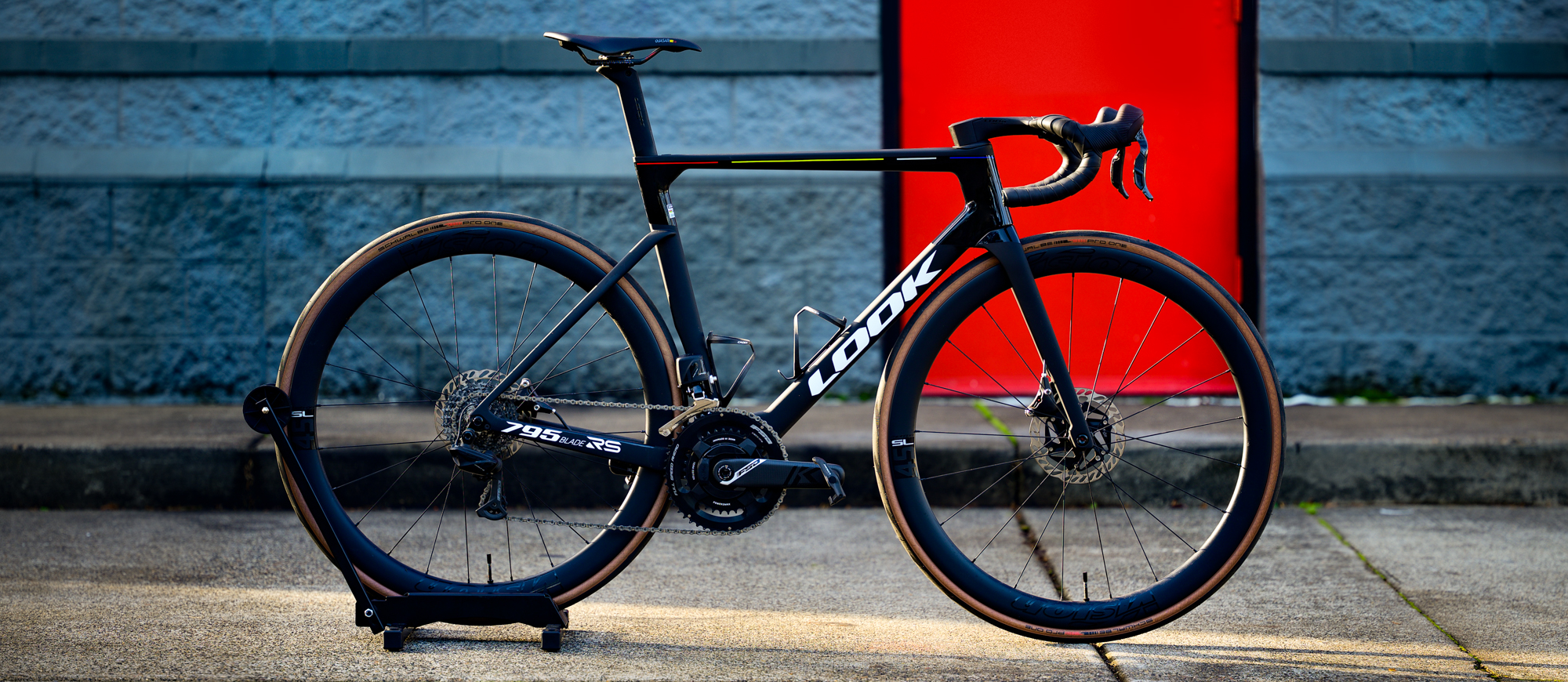Cyclingnews Verdict
Last time the Look 795 Blade RS was new, aero bikes were willing to give up weight for comfort. Years later the industry has shifted, technology has advanced, and Look has a completely new bike. It comes to market along with competition from American brands Enve and Cannondale which both lean heavy into compliance as well as an aero is everything mindset. The 2024 Look 795 Blade RS stands apart by instead choosing efficiency over the most aero design possible and preferring a stiffer ride that lends itself to climbing. If you want an aero bike to climb with, this is the best choice despite being a bit heavier.
Pros
- +
Modular bar and stem
- +
T47 bottom bracket
- +
Temporary steerer tube cover to find final fit
- +
Simplified seatpost with accommodations for oval saddle rails
- +
Stiff and responsive frame
- +
Solid out front mount
Cons
- -
Long and low position not accounted for in geometry charts
- -
Seat angle adjustment is maddening
- -
Easy to lose seat post binder cover
- -
Definitely not hitting 7kg for a size medium
- -
No power meter included in the build options
You can trust Cyclingnews
If you glance through our list of the best aero road bikes, you won't see anything like the latest generation Look 795 Blade RS. The 2024 version of the 795 Blade RS not only doesn't resemble other aero road bikes but it's also nothing like the previous generation of the same bike. Anyone who knows Look shouldn't find this surprising.
Price: £9790 / €9790 / $11000
Frame: LOOK 795 BLADE RS disc
Size: Medium
Weight: Actual weight as weighed: frame - 940 g, uncut fork - 441 g, seatpost - 169 g including hardware, 40cm Look Combo aero carbon handlebar - 215g, LOOK Combo Aero Carbon stem in -7° and 110mm - 138g including covers, complete ready to ride weight without pedals - 7410g
Groupset: Shimano Dura-Ace Di2 R9000 series
Wheels: Corima 47 mm WS EVO Tubeless
Brakes: Shimano Dura-Ace
Bar/stem: 40cm Look Combo aero carbon handlebar - 215g / LOOK Combo Aero Carbon stem in -7° and 110mm (internal routing/modular but integrated bar and stem)
Saddle: Selle Italia SLR Boost Superflow Carbon
The 2024 Look 795 Blade RS doesn't look like the previous generation, or other aero race bikes, because Look threw out the old design and went through a two year ground up redesign. There's no iteration on an old design. Instead Look changed how you define an aero race bike then produced a faster, lighter, aero road bike in an entirely new mould.
Is a complete redesign a good thing? That depends on what you are looking for, but one thing is certain, there will be no middle ground. The 2024 Look 795 Blade RS competes with the Enve Melee, Cannondale SuperSix Evo, and BMC TeamMachine R but it’s a very different bike both visually and conceptually. It doesn't look like other aero road bikes and it doesn't ride like them. The real question is going to be if the Look vision matches your riding style. If you are looking for a new aero race bike this season, keep reading to see if the Look vision of what that means matches your needs.
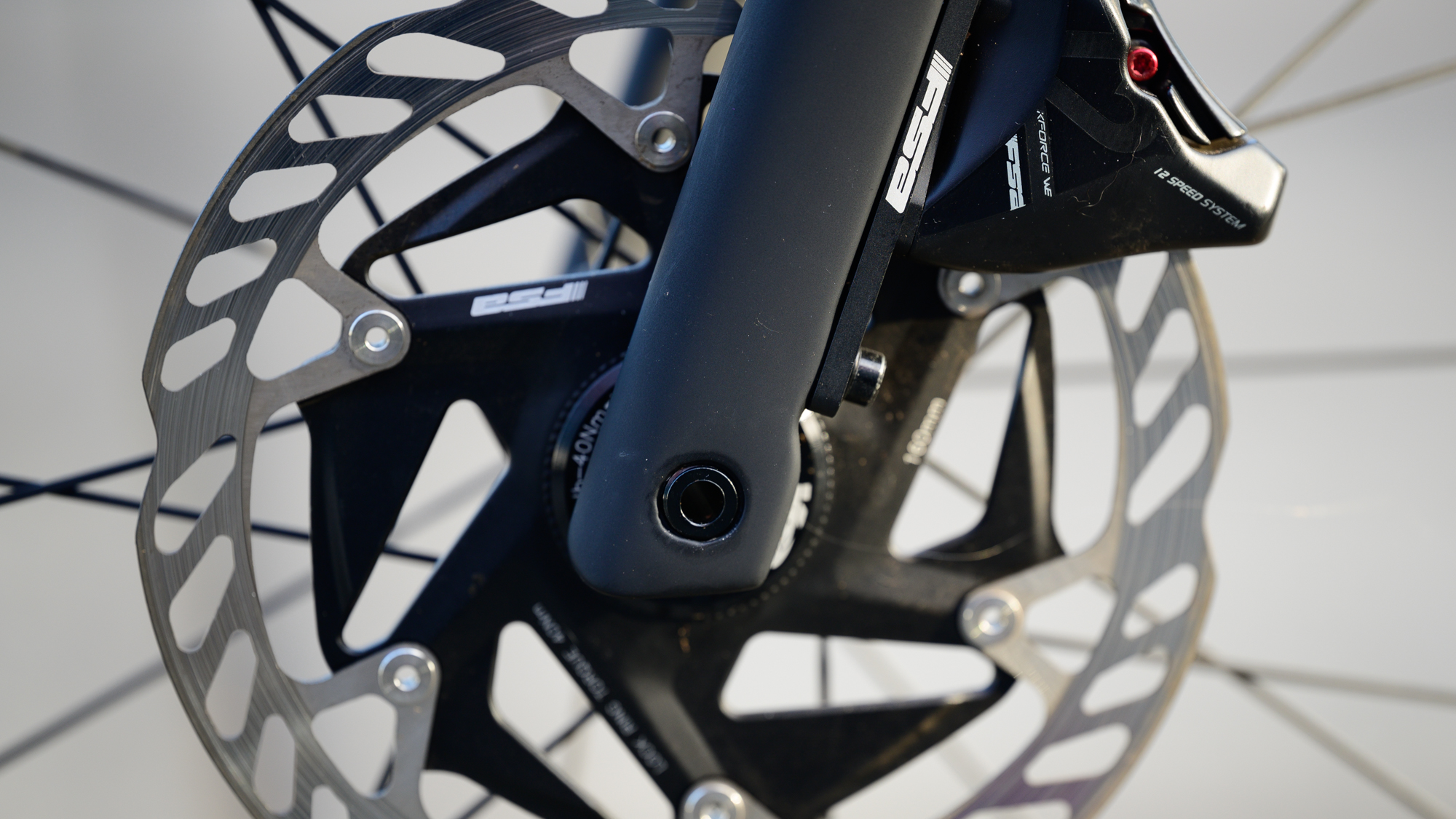
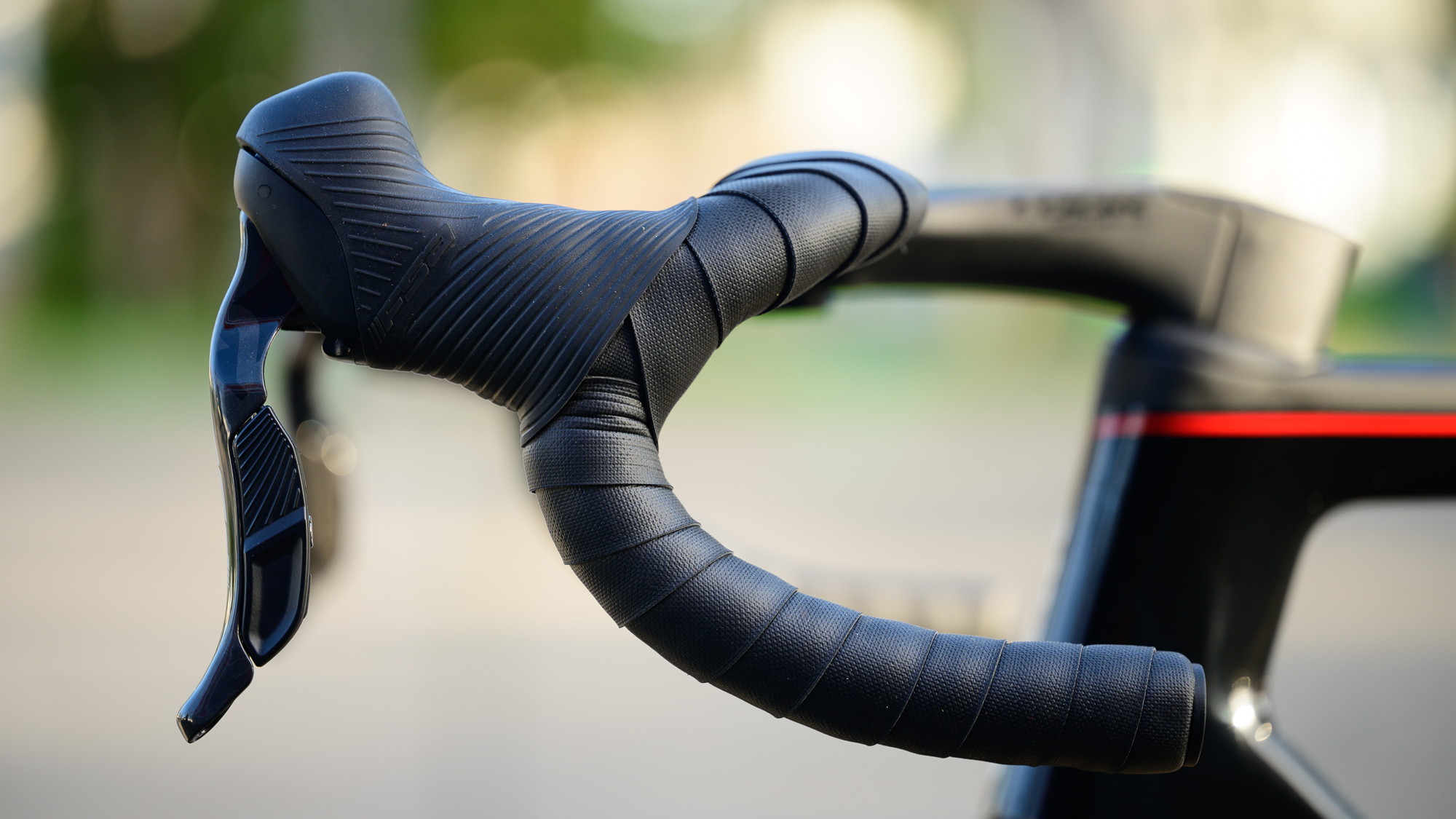
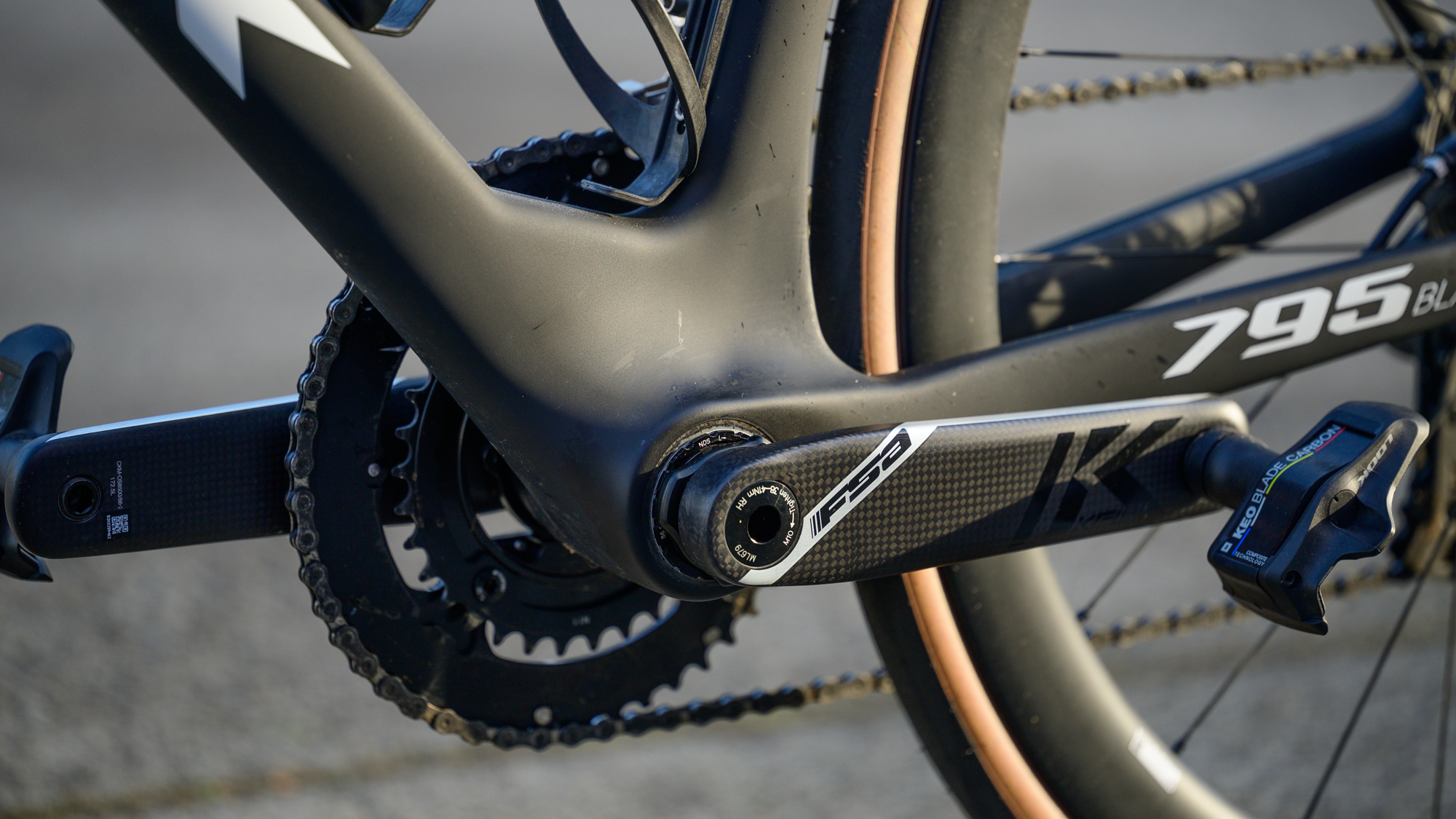
Design and aesthetics
Early on in my testing of the 2024 Look 795 Blade RS, I posed a question to the team. This is an aero bike, and as such I wanted to know why I didn't see every single aero trick available thrown at the frame. For example, the headtube could be deeper and some bikes shield one side of the thru axle. What I got back was a response from Romain Simon, Bike Product Manager for Look, that perfectly sums up what you need to understand about the new 795 Blade RS. Simon was quite concise and said, "Aerodynamic gains of a shielded axle are anecdotal when weight and resistance could be impacted. Keeping our development simple with a “classic” thru-axle has benefits: standard parts, easy maintenance, and wheel replacement for example. 795 Blade RS is our race bike, aerodynamics is important, but efficiency prevails in every choice."
What he's talking about is important because it sets the tone for the bike. Aside from small changes to the seatpost and a loss of rim brake option, the last major redesign of 795 was for the 2019 model year. Since then, things have obviously changed. Aerodynamics have advanced along with carbon manufacturing but the UCI hasn't updated the minimum weight. Because of that it's easier for brands to hit the minimum weight limits and pure aero bikes are disappearing. A good example is the disappearance of the Specialized Venge in favour of the Specialized Tarmac, now in its 'SL8' iteration, and near disappearance of the Cannondale SystemSix in favour of the Cannondale SuperSix.
The point here is that the latest version of the 795 Blade RS is part of a new generation of aero bikes. When Simon talks about efficiency being the key, it's a subtle clue that aero gains are no longer low hanging fruit easily picked to make a bike faster. Today's race bikes are willing to give up a watt here or there in the name of overall efficiency and useability.
Despite that, the 2024 Look 795 Blade RS is still aerodynamically faster than the previous generation bike. To accomplish that, the Look team told me they started with the TT bike as the template and that the greatest aero gains are coming from the front of the bike. While there are changes throughout, it's obvious to see what the team means.
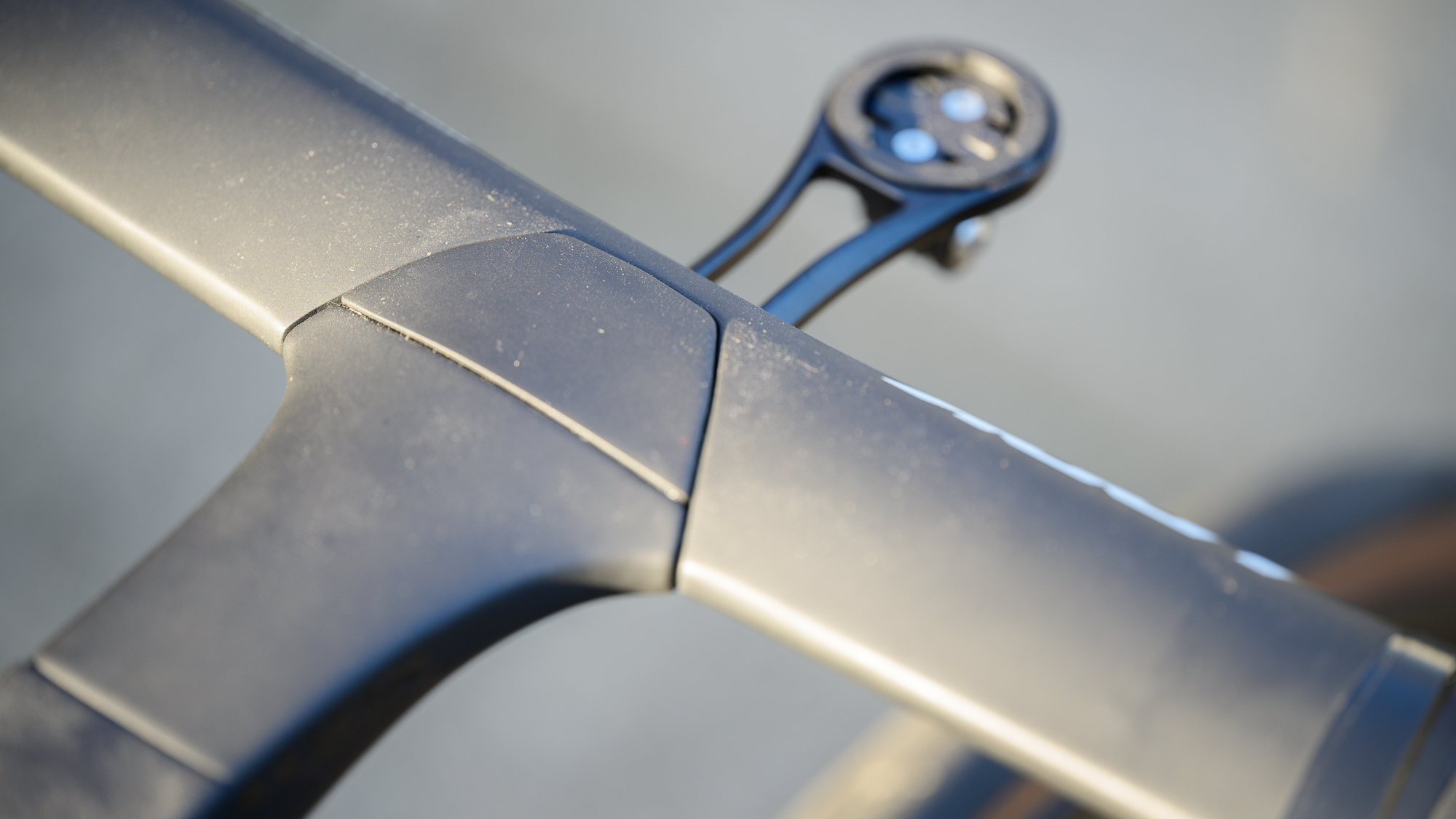
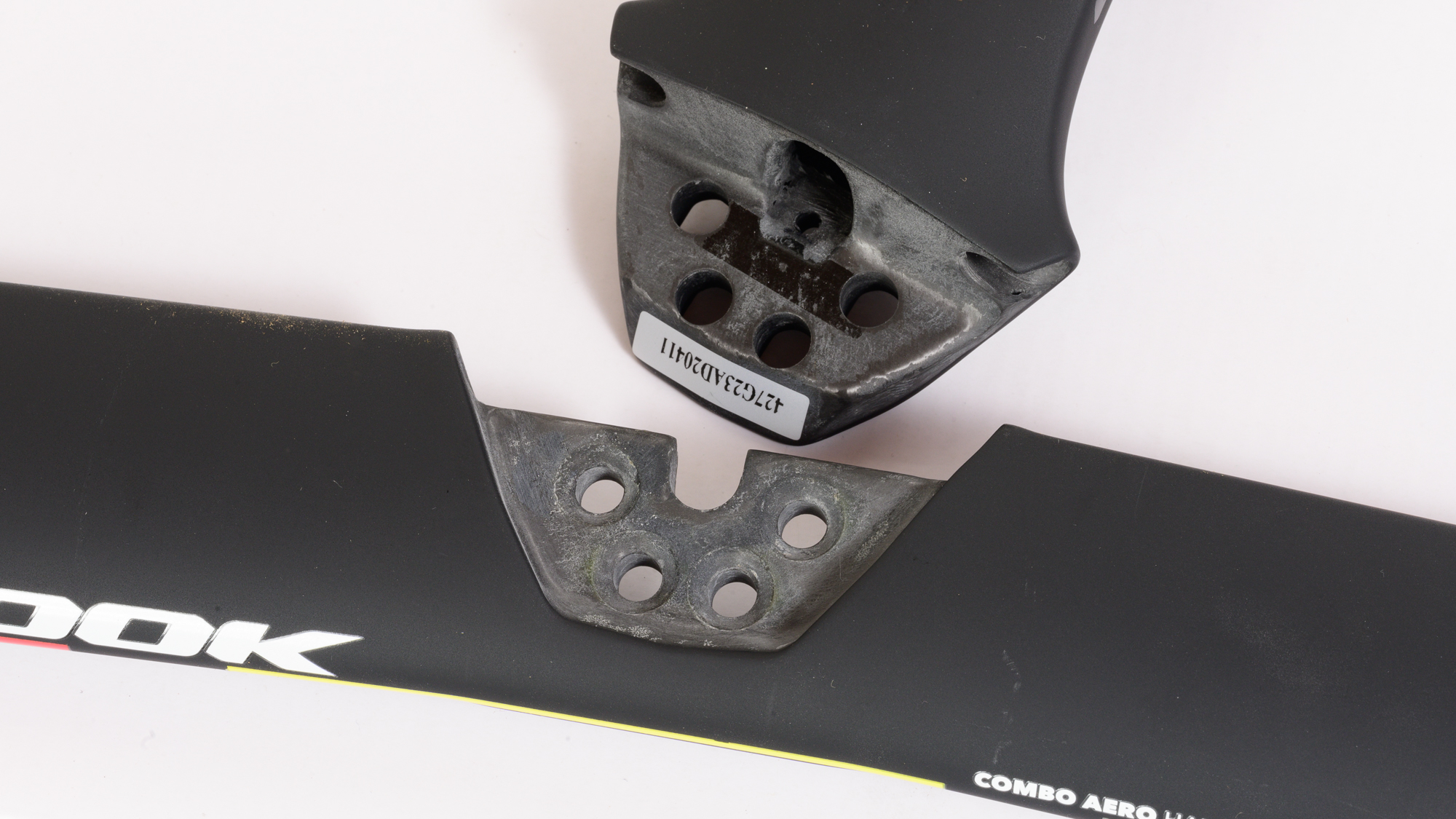
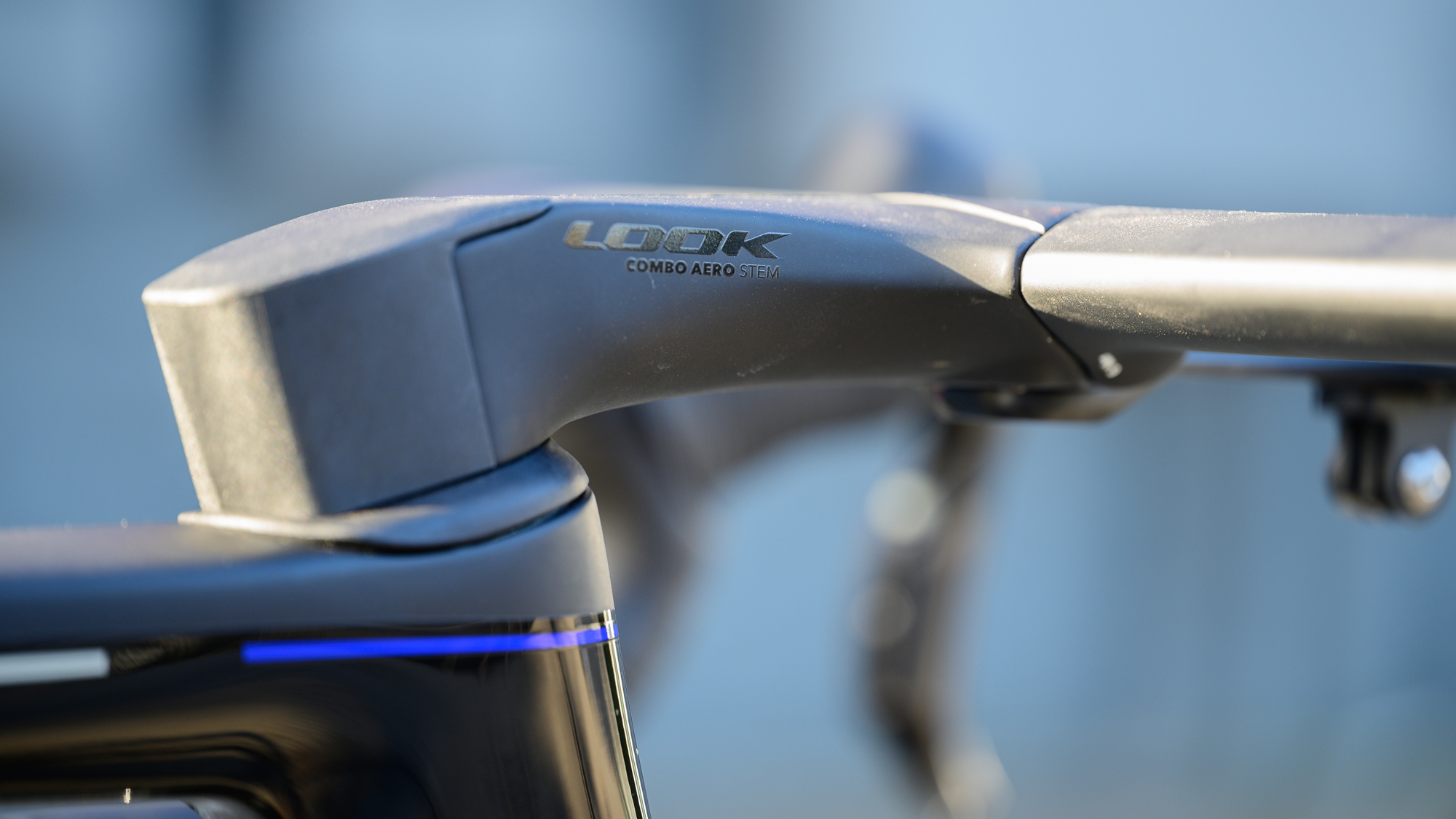
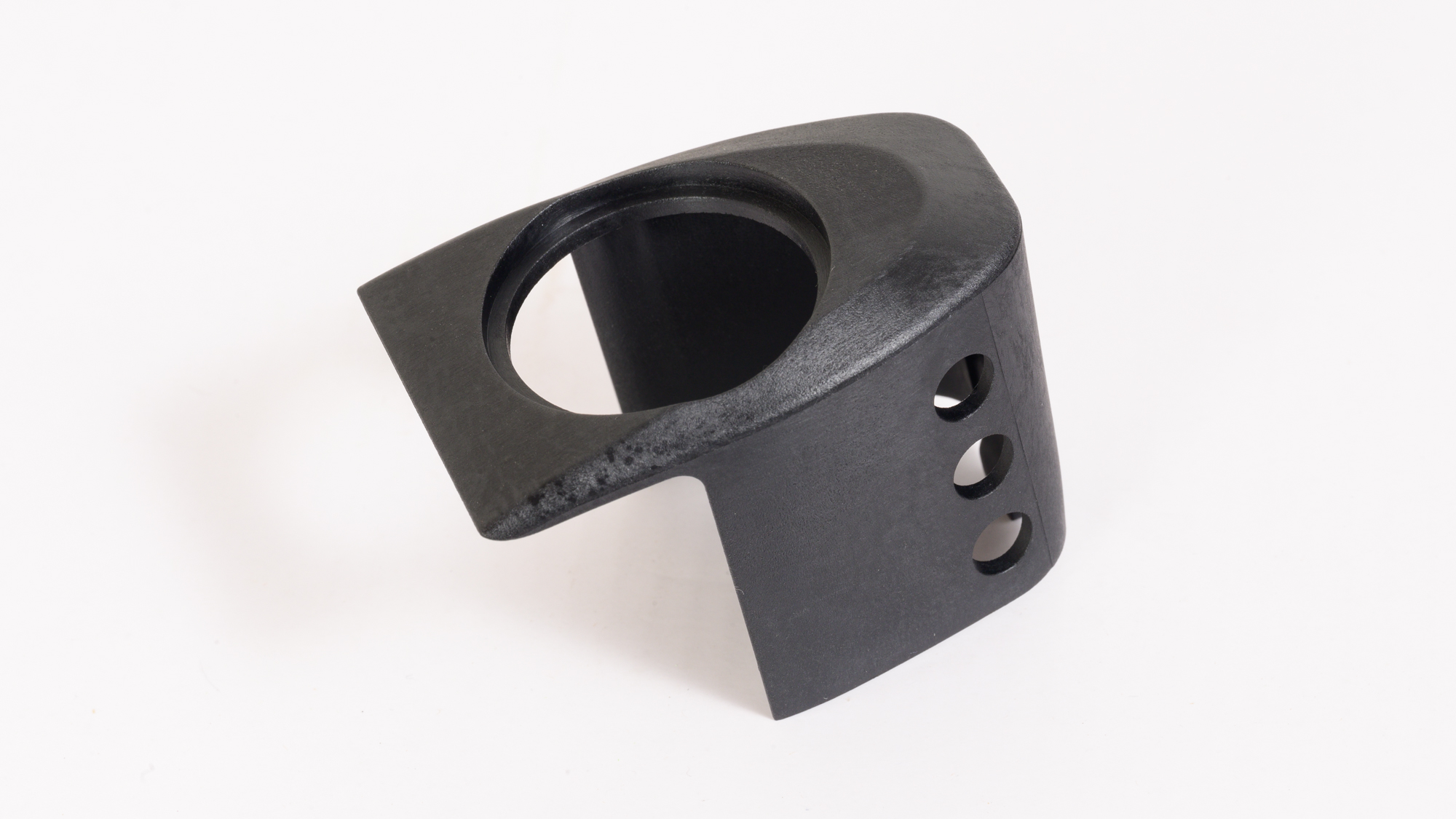
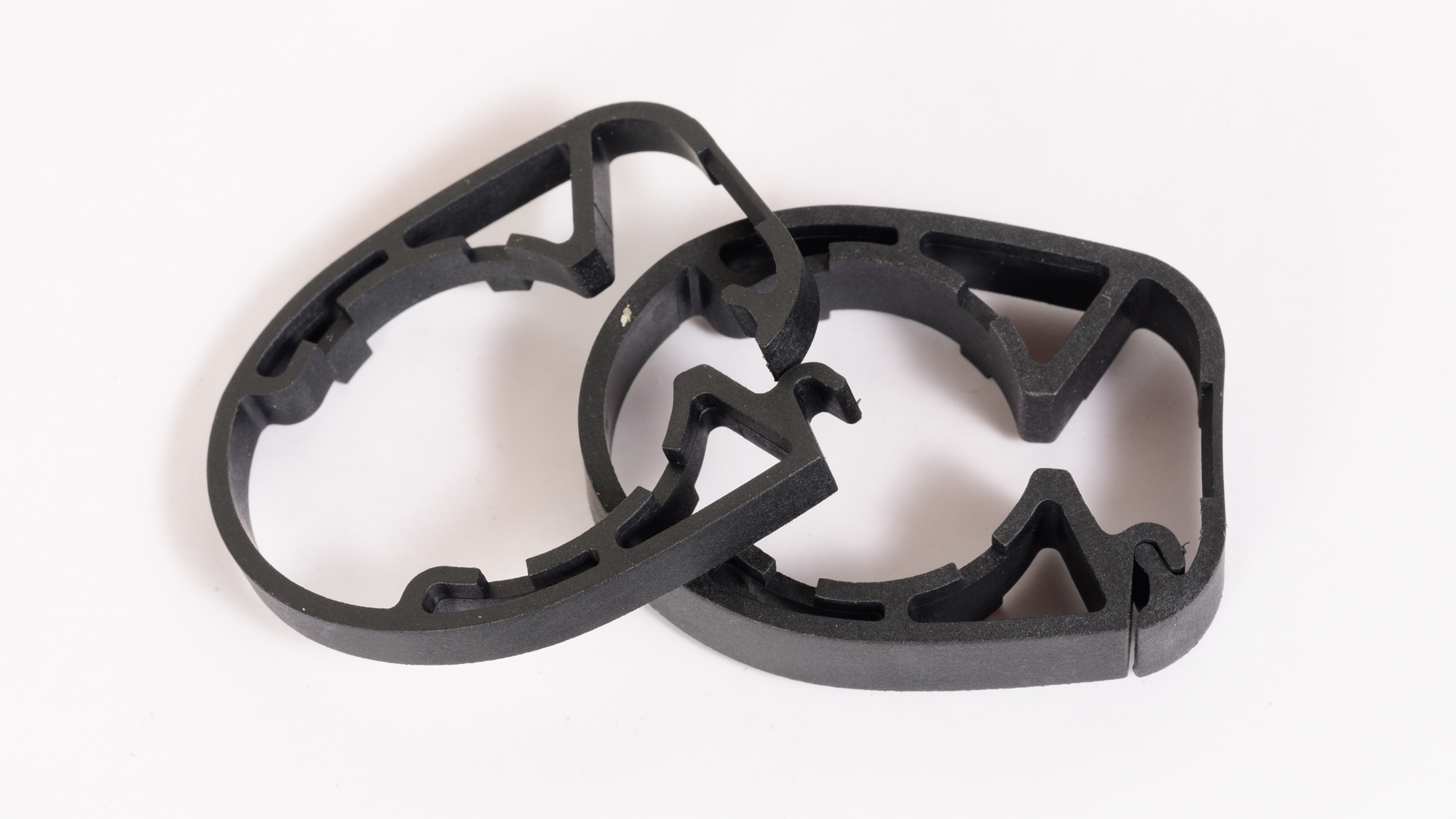
Like the previous generation, Look has retained the ease of use that comes from a separate bar and stem. The difference is that previously the bar was obviously separate and you could see the cables as they routed out of the bar and into the stem. This time it's difficult to tell with a quick glance that the two pieces are separate. There's no more exposed cables and it's no longer possible to BYOB (bring your own bars). Instead you'll need to choose one of four stem lengths ranging from 80 to 120mm (138 grams including all hardware in a 110mm length) all with a negative seven degree angle. Customers then combine that with bar widths from 38cm up to 44cm (215 grams in a 40cm width).
Instead of a standard join between a bar and stem, the connection between the two uses a cover. Peak underneath and you'll find raw carbon along with four titanium bolts that hold a flat, stacked, junction. When using the included outfront mount, you'll swap two of the bolts for a longer version ensuring a solid connection to the bar with the extra depth. There's internal routing for cables through the bars then the stem and down in front of the round steerer tube. There's also a cover at the rear of the stem to hide the connection between the steerer tube and rear of the stem. A nice touch here is the included alternate piece that allows for stacking spacers above the stem while still finding your perfect fit.
In use, none of this is different from a single piece bar and stem but it does make it easier to find the right fit while smoothing airflow. It also means that instead of purchasing a frameset with an included seatpost and stem then adding bars, the Look 795 Blade RS is now sold as a chassis similar to the Enve Melee. Unlike Enve though, you can still purchase a complete build of the Look 795 Blade RS.
At the rear of the bike, the seat post is another big departure from the previous generation. This time there's no obvious aero benefit to the new design as the previous design was quite aero as well. Instead the bigger change is simplification. One of the more unique details about the older bike was the inclusion of an extra bottle mount and the ability to swap to a TT position. That's all gone in favour of a fairly standard D-shape design. When you’ve got the height correct, there’s a seat binder that tightens from the top using a T30 Torx bit and an easy to lose rubber cover.
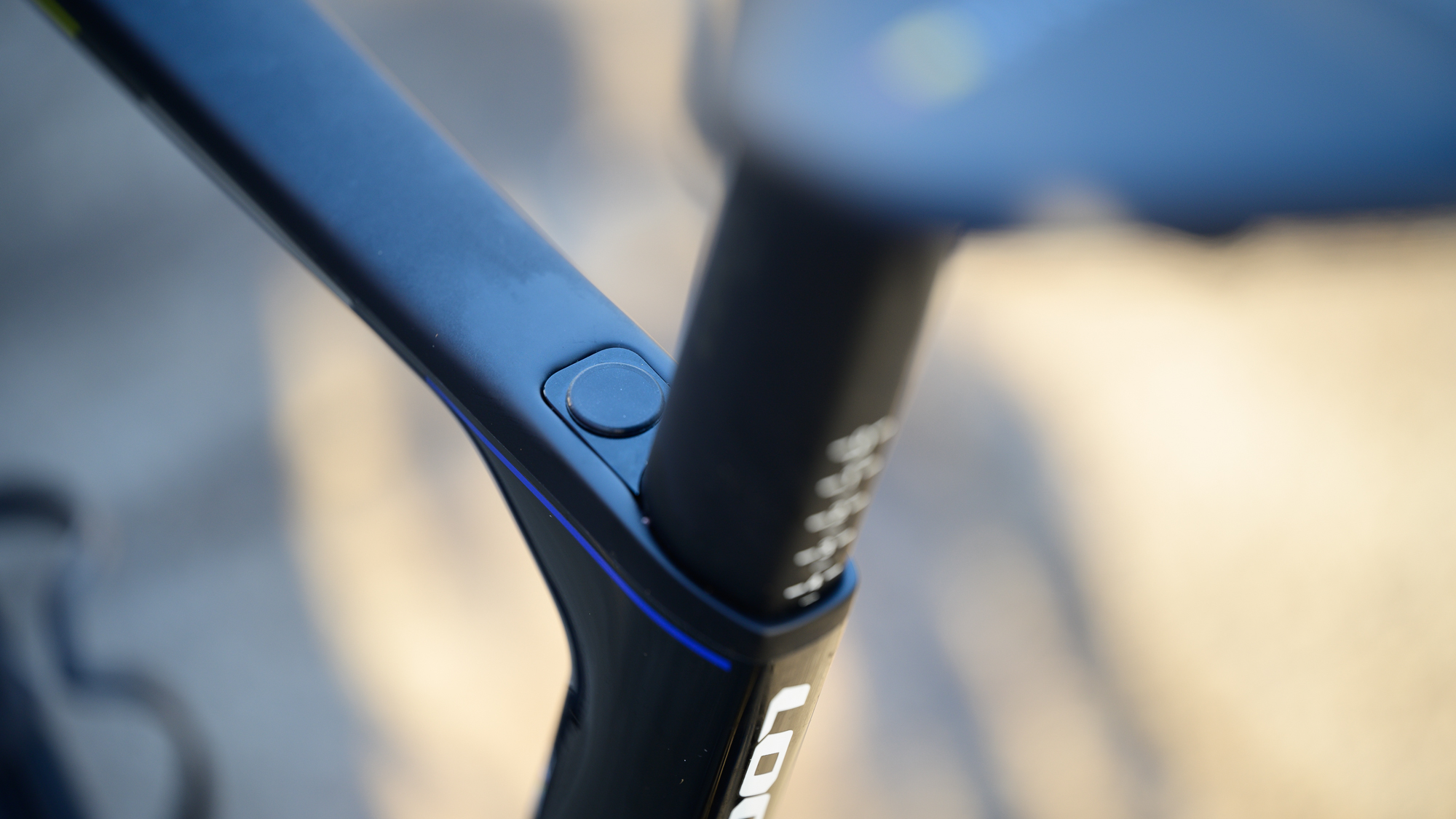
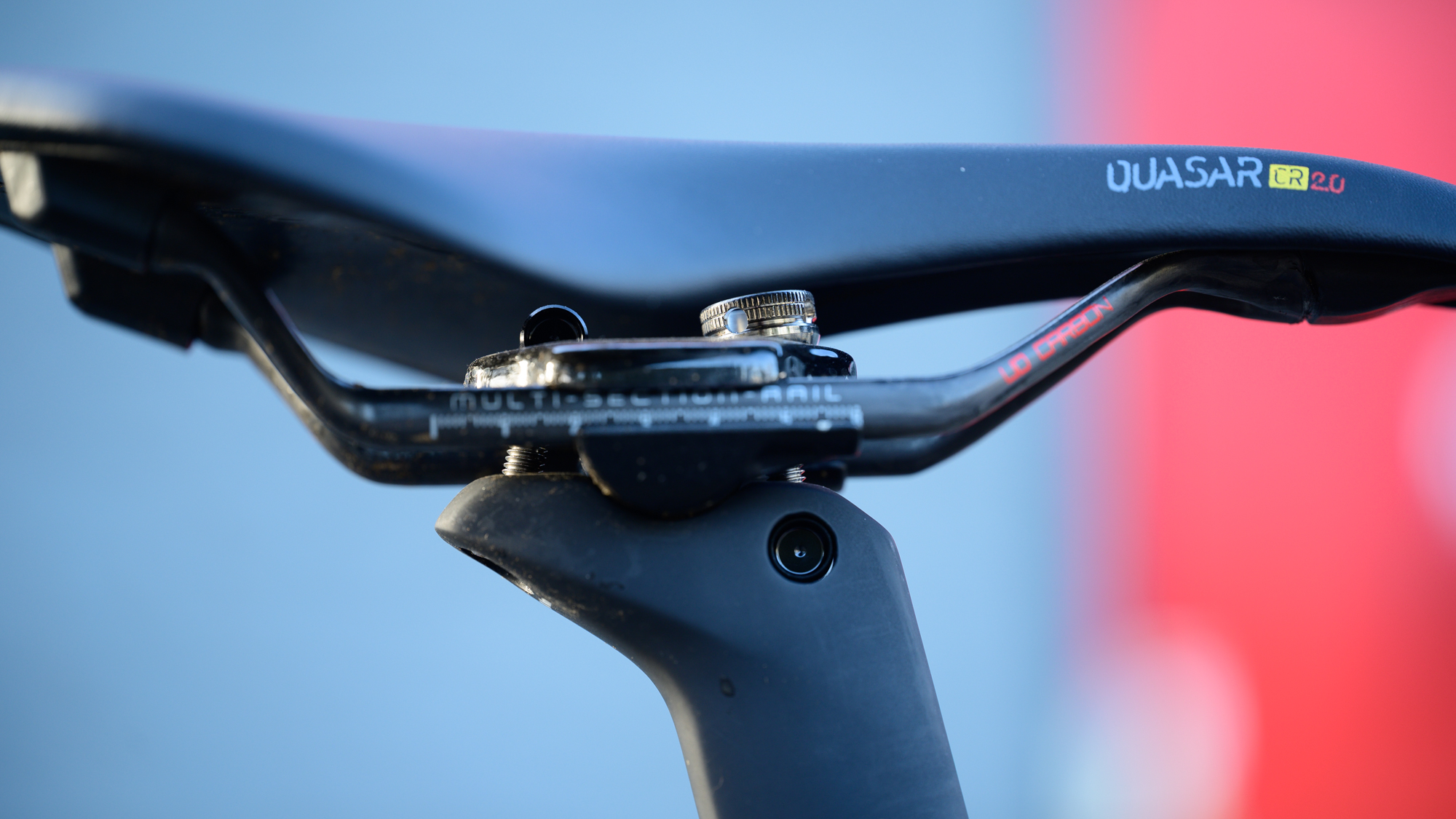
On the upside, there's no longer a need for any extra pieces to accommodate oval saddle rails. Unfortunately that did not make it any easier to level a saddle before torquing. The old system was a bit finicky but the new system is worse. This time, Look has adopted a system quite similar to Cannondale with a front bolt that you tighten with your fingers and a rear that requires a torque wrench. It always moves as it gets torqued so expect a bit of back and forth to get things right.
As with the cockpit pieces, the rest of the frame is new as well. This time the frame has shrunk considerably. I measured the size medium at 940 grams for the frame and the uncut fork at 441 grams. It's hardly the lightest out there but it's lost a lot of the visual heft, especially in the downtube. The only place you might still notice some of that chunkiness is the rather tall T47 bottom bracket. I didn't get out a tape measure but BMC spent considerable marketing copy discussing the bottom bracket design of the BMC Teammachine R and Look seems to have gone a similar route. Both designs are tall and heavily sculpted though Look is using a T47 standard instead of PF86 of BMC.
Another interesting parallel between those two bikes is the choice to give a lot of room for the turbulent air around the wheel. The two brands have chosen to do it in different places though. BMC uses the Halo Fork at the front of the bike and a rather close rear design. Look instead kept the fork width unremarkable but drops the seat stays and spaces them far from the rear wheel. Without access to a windtunnel I can't tell you which approach is faster but it's at least worth a note that two brands are finding similar ways to aero optimise.
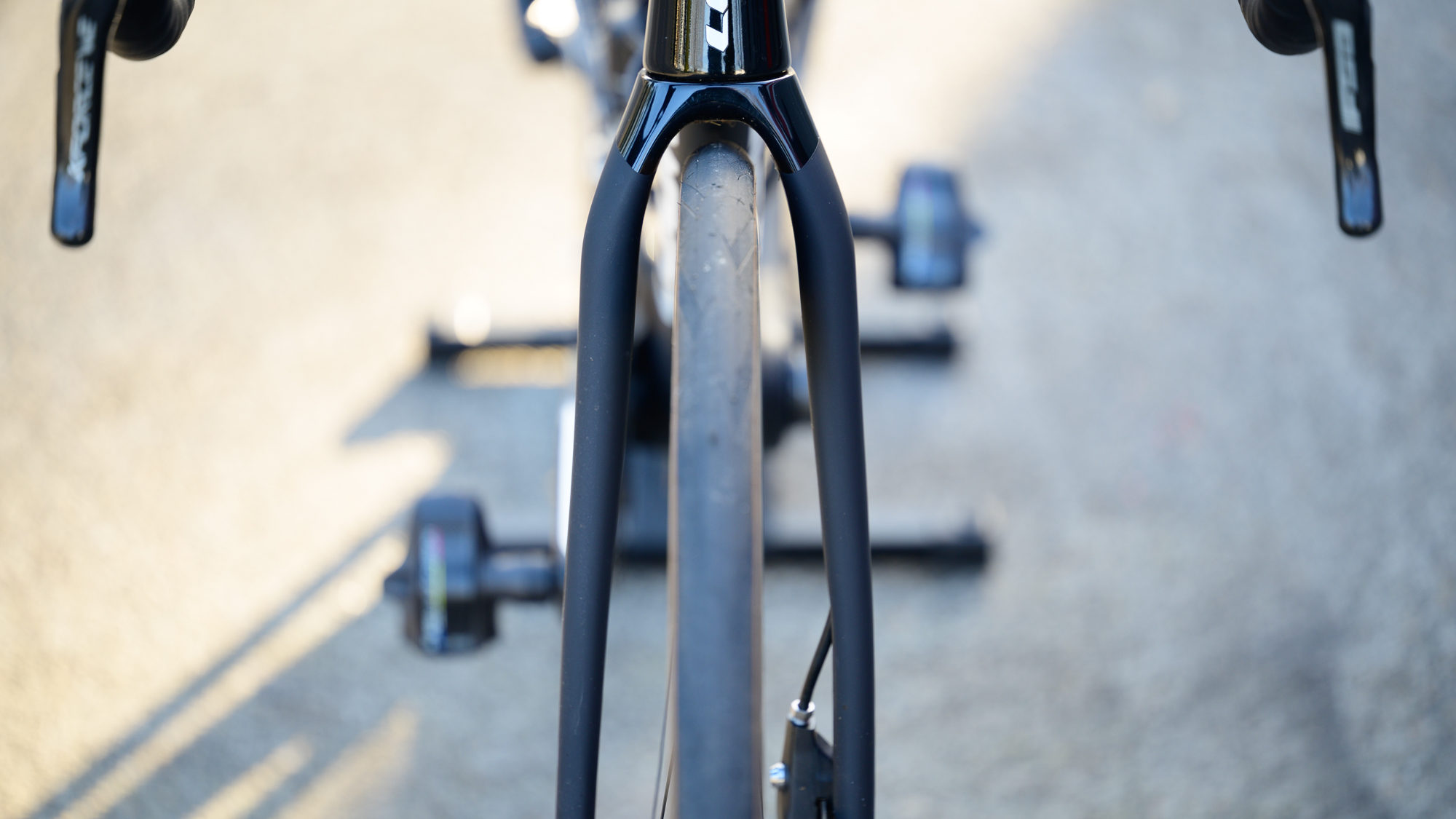
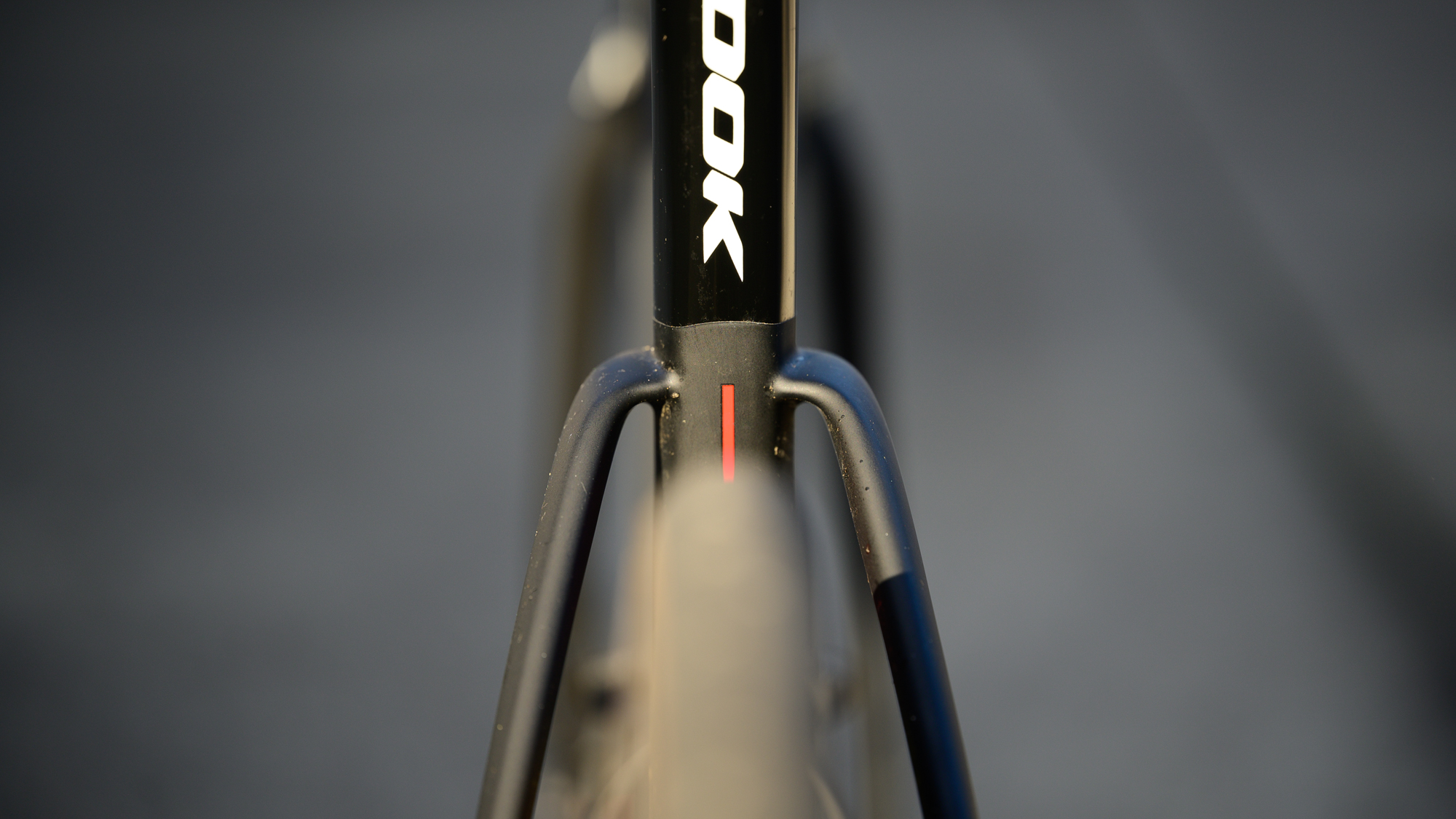
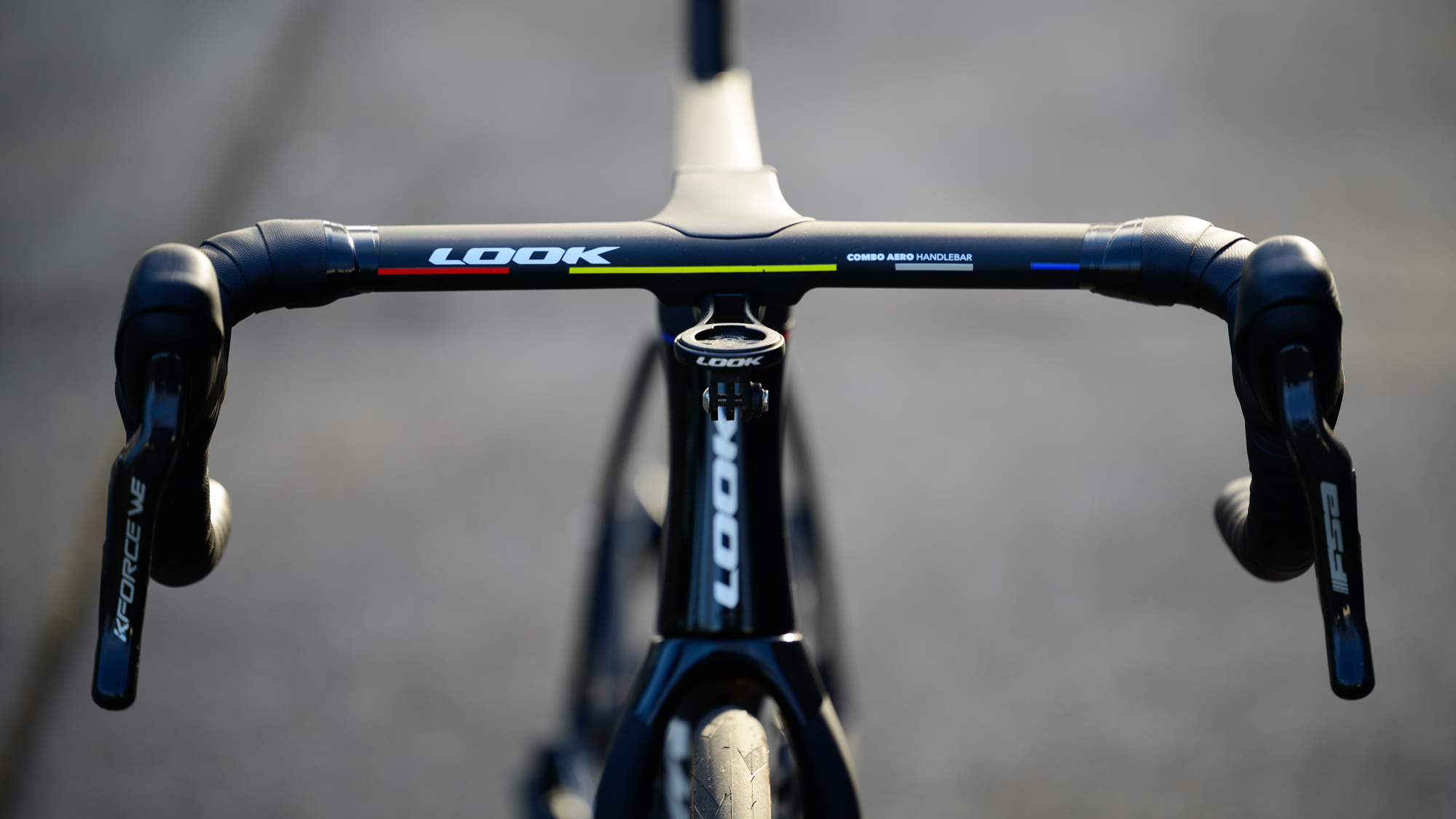
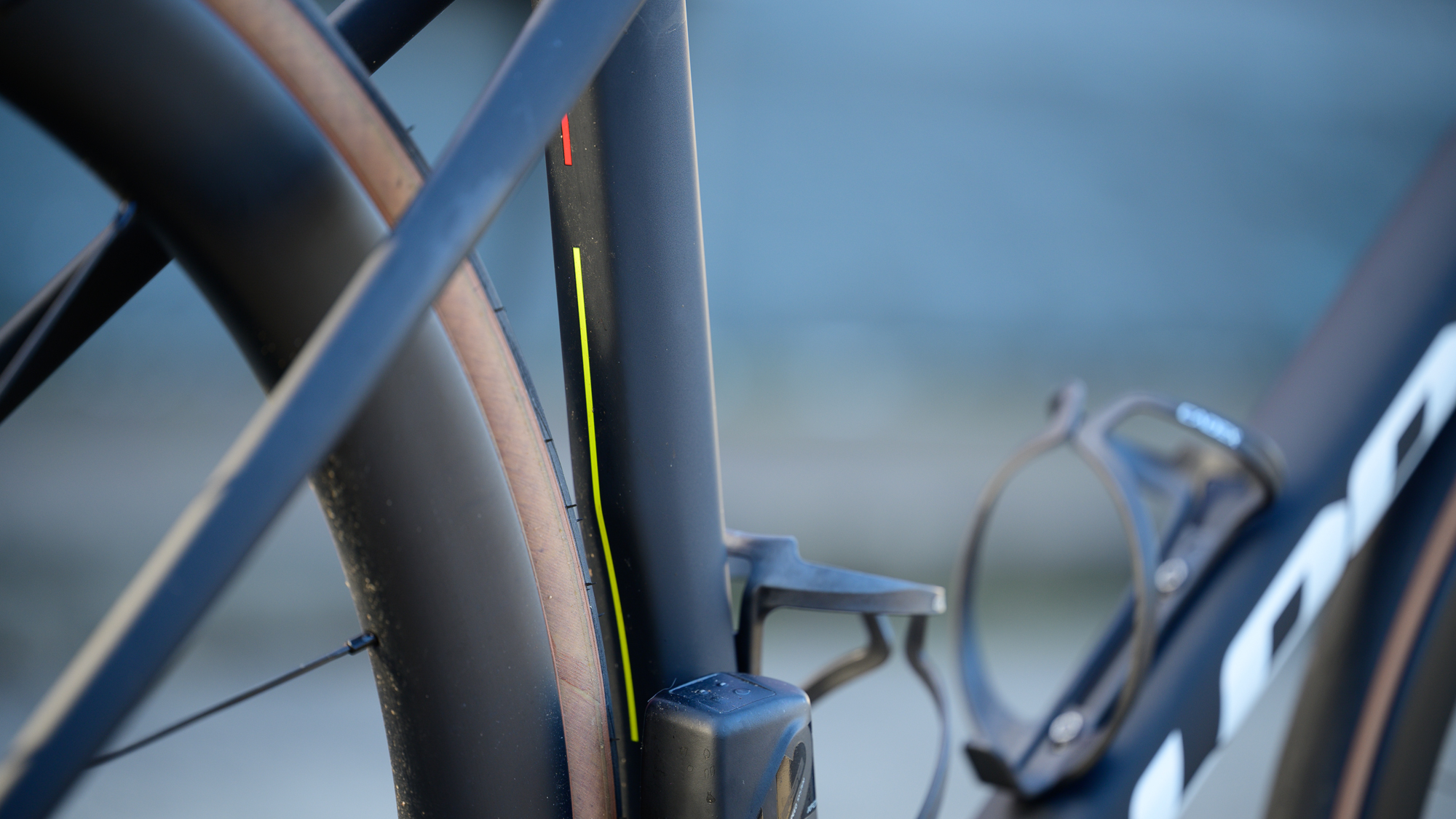
It would also be a mistake to leave off a note about the Look paint schemes. Look always has beautiful bikes and this latest flagship continues the trend. There are a number of options but I have to wonder if anyone buys anything other than Mondrian schemes. Nardo grey, red chrome satin, and the colour shifting thunder blue satin are all compelling but like Bianchi, staying current but referencing the past is a constant challenge for Look. To address that, this year brings two Mondrian focused designs.
The most dynamic of these is the Iconic Edition colour scheme. It's the version you saw competing in 2023 and it's got big blocks of red, blue, yellow, and white in the upper glossy section. The lower section then provides a bit of visual balance with a matte finish and large logos mirroring the design of the coloured options.
For those who are a bit more reserved, or unable to get your hands on the hard to find Iconic edition, there's also a tamer black version. You still get the glossy upper and matte lower but instead of large blocks of colour there are only small stripes. Arguably the narrow headtube is actually better in this version as the large white blocks of the iconic edition are a bit odd from the front. All versions get Mondrian stripes and a Look logo on the handlebars as another way to expand the options available to customers that value the heritage of the brand.
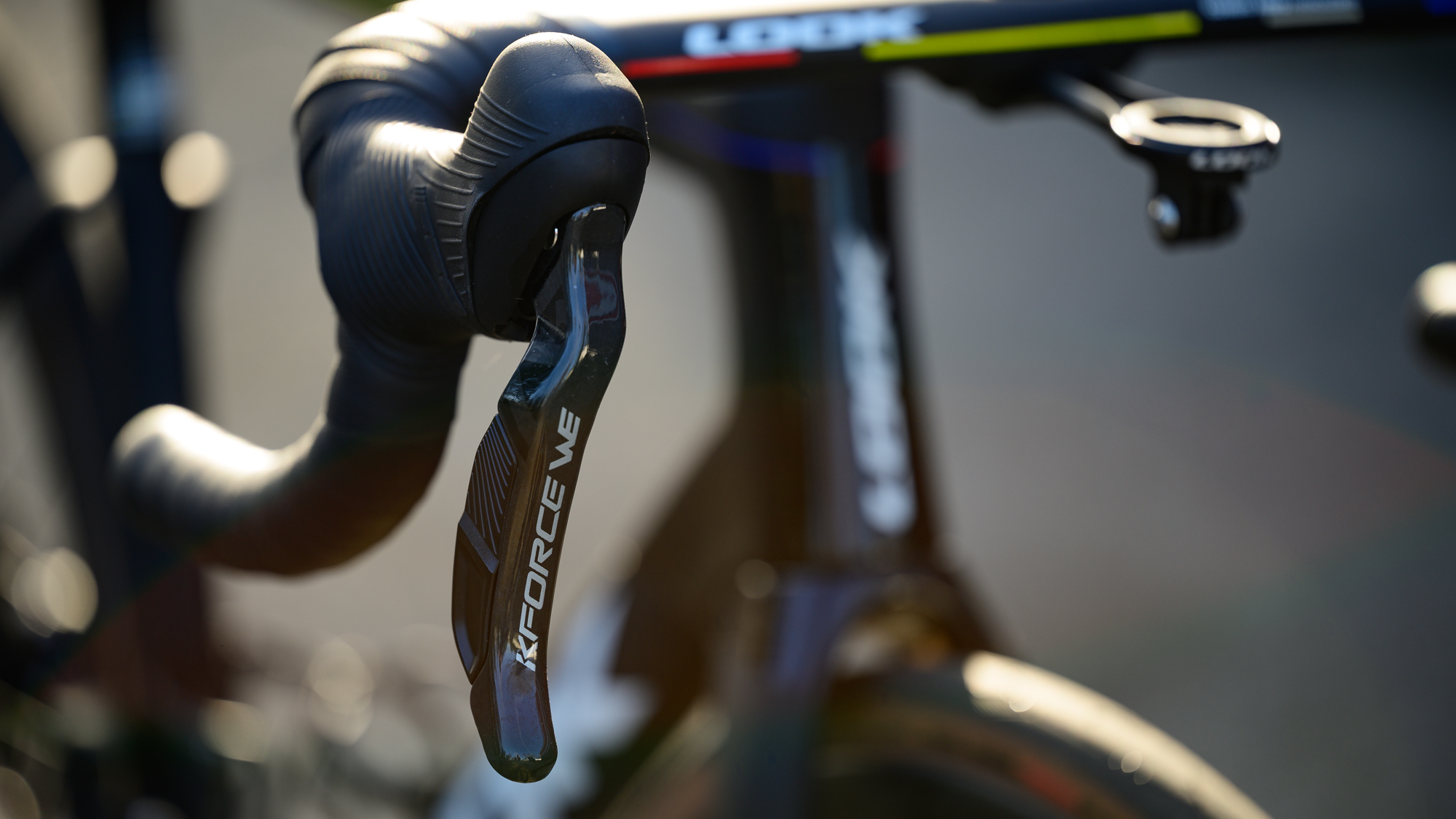
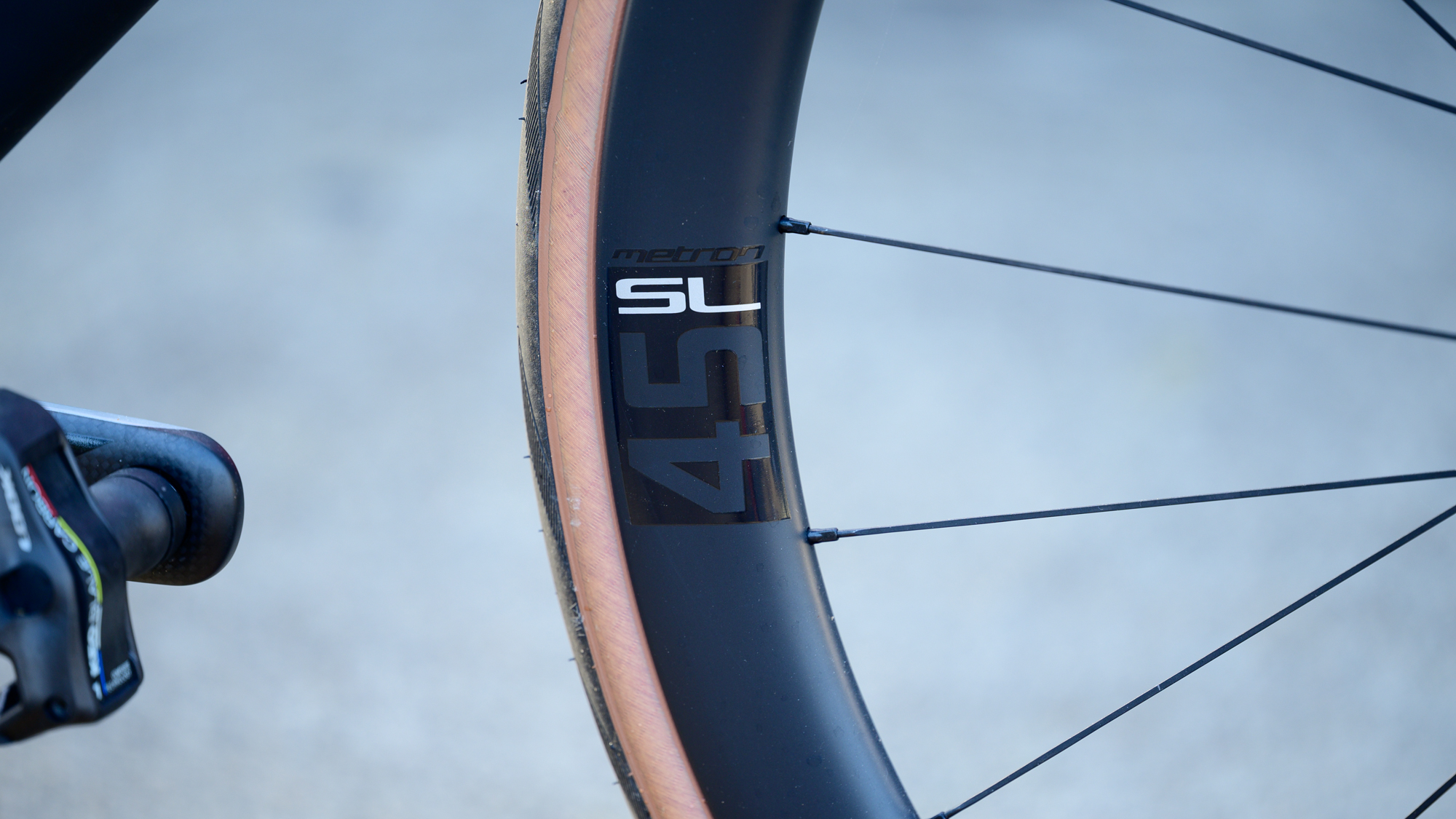
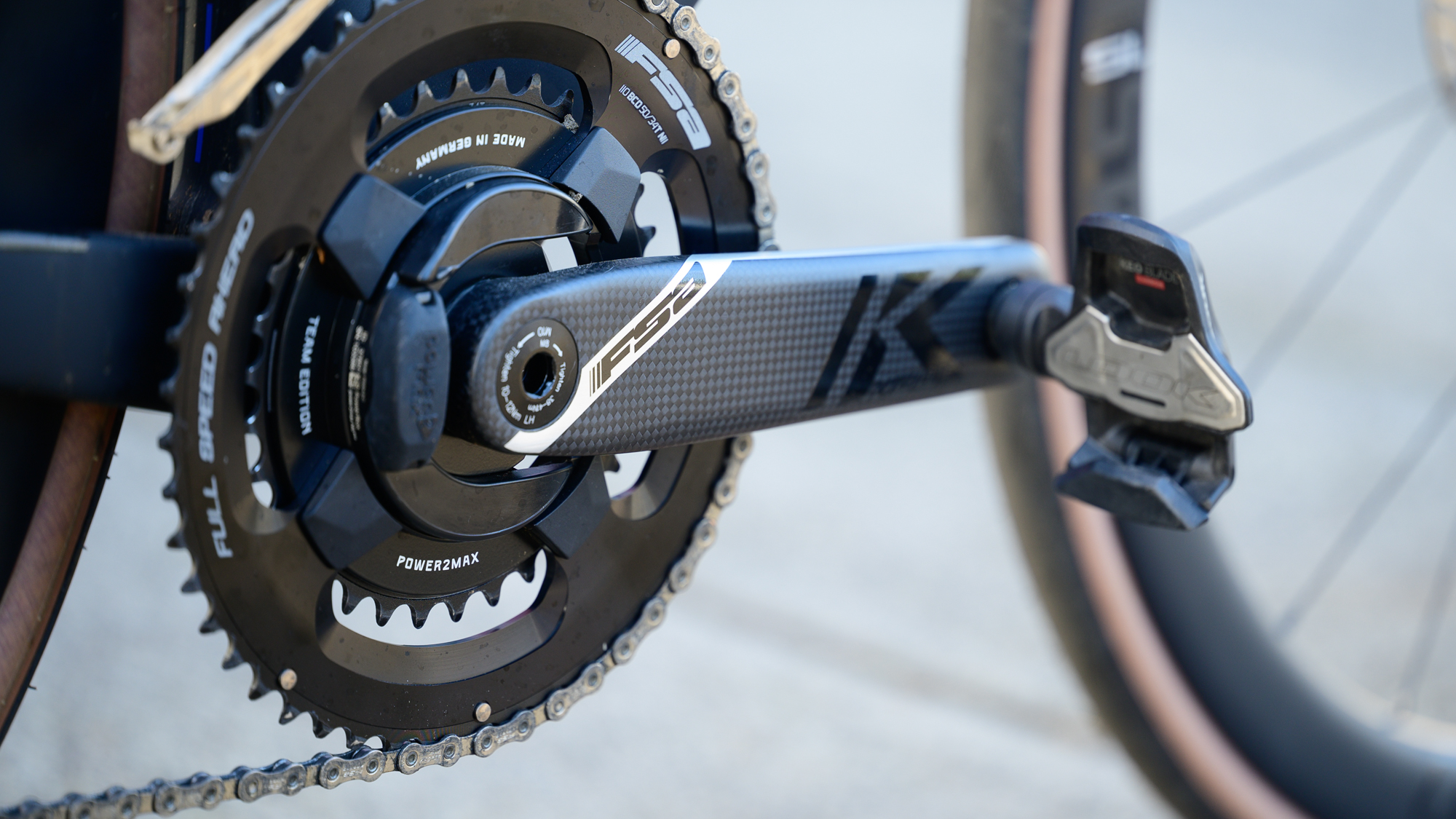
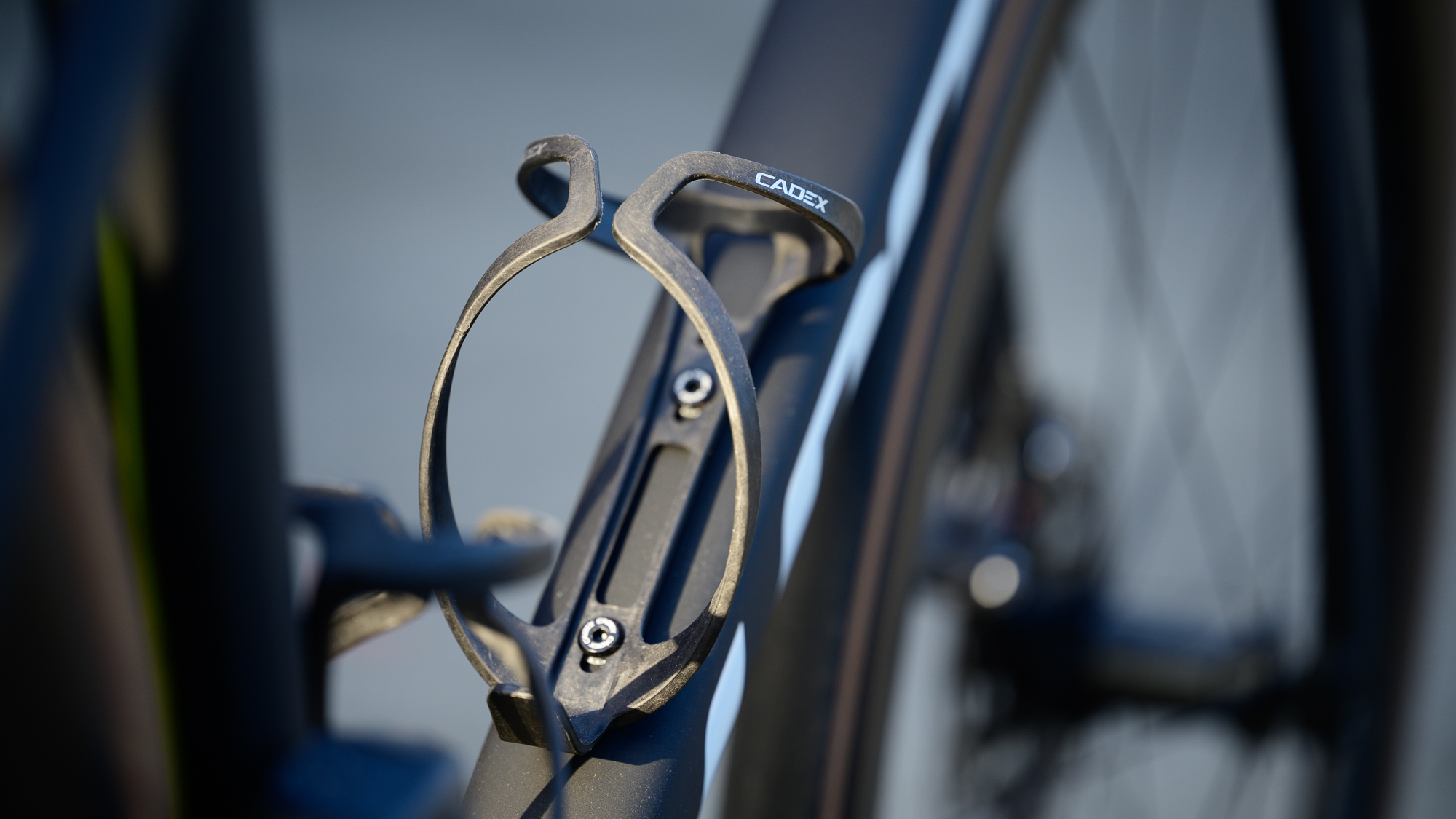
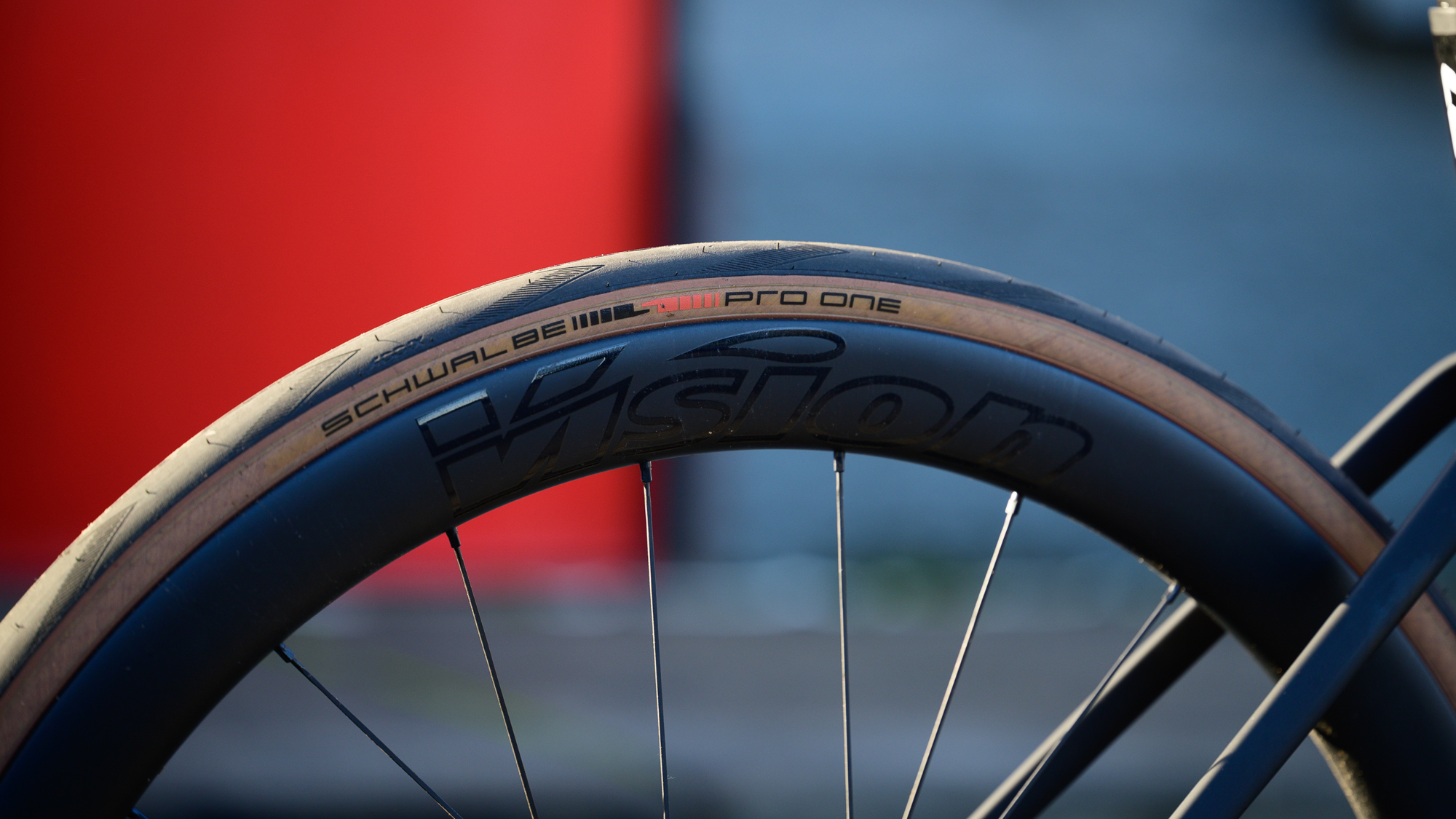
The build
The bike I am reviewing is my bike, and so is different to the stock builds. It is a replacement for the previous generation of the frame which I purchased in 2020 and then retired this year. That frame was well-loved, however it met an untimely death due to airline mishandling. That means instead of an off-the-shelf build, this particular bike started life as a Black Pro Team frameset and many of the previous parts moved over.
The groupset is the FSA WE 12s. I previously reviewed this during the trip that led to the death of the previous Look frameset and it continues to wait for a full release. In the meantime, I've stuck with the same 160mm flat mount FSA hydraulic brakes front and rear and the 11-32 rear cassette which is the largest FSA offers. Upfront the gearing has changed a little and dropped to a 50/34 on an FSA Powerbox K-Force Team Edition undergoing further testing for the Best Power Meter buyers guide.
Wheels have also changed with an eye on climbing prowess. Instead of the Vision Metron 60 SL we took to the wind tunnel, I'm currently testing the Vision Metron 45 SL. Both sets of wheels are essentially the same but the shallower depth is lighter and not quite as stiff. I paired the wheels with Schwalbe Pro One tubeless tyres in 700x28 at 50 psi as is my normal way.
On the whole, this setup is similar to the £9790 / €9790 / $11000 Dura Ace build available from Look. The biggest difference is that it's lighter. The FSA groupset isn't drastically lighter but at 2423 grams there’s an 84-gram weight savings between FSA WE and Shimano Dura Ace (non-power meter builds). On top of that, the Vision wheels are also lighter with a claimed weight of 1390 grams vs the 1540-gram claimed stock Corima weight, which I haven't ridden.
I also further leaned into that weight savings with my saddle choice. While I tend to enjoy a variety of 3D-printed saddles this time I went for a traditional model called the Repente Quasar CR 2.0. It's both exceptionally light at only 129 grams and the only short-nose saddle that Repente makes. I rounded out the final customization with Cadex carbon bottle cages and FSA bar tape. I, of course, also chose Look Keo Blade Carbon pedals featured in our best road bike pedals buyers guide.
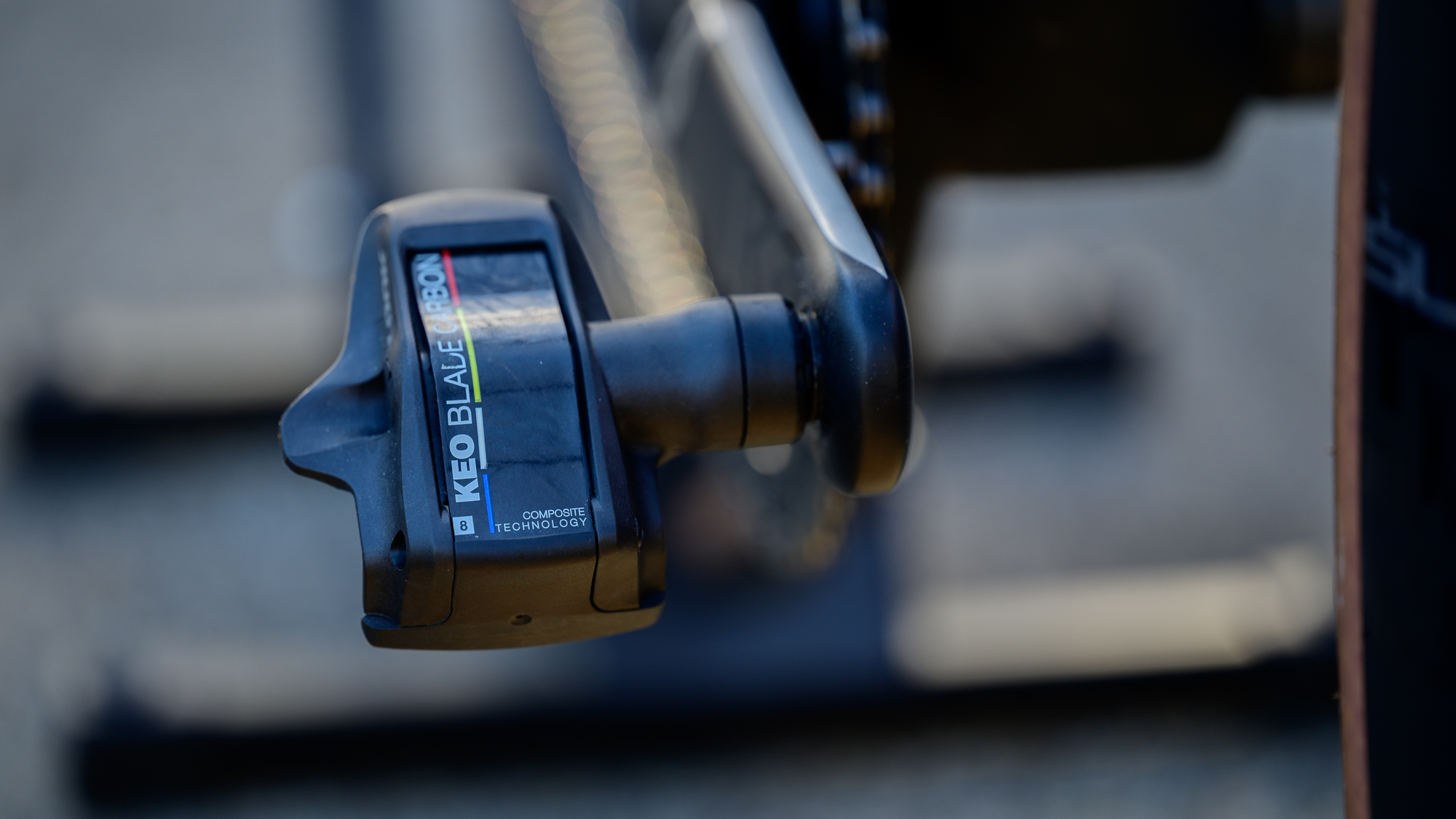

Performance
The first thing I noticed is that this bike is longer and lower than other bikes I've ridden. Some of that is that I've got the steerer tube cut all the way down but that's always my preference and the Look still feels different. It's also not something that shows in the geometry chart.
If you compare the stack and reach numbers for the BMC Teammachine R, the Cannondale Supersix Evo, and the Enve Melee, everything is very close. Of the four bikes none of the numbers differ by more than 6mm and while the biggest difference in feeling is likely the Enve Melee, which has a stack/reach of 386/552mm vs 390/553mm for the Look. In short, there shouldn’t be much difference in position but the ride experience says different. My only explanation for this is the handlebar design.
Not only do stack and reach numbers not take into account the handlebars but neither do my normal measurements. Typically this works because bars and stems are fairly standard but not this time. The Look bars situate the controls farther down and farther forward exaggerating the stack and reach. It works for me but if you are sensitive you are going to want to be more careful with this bike. A test ride will serve you well.
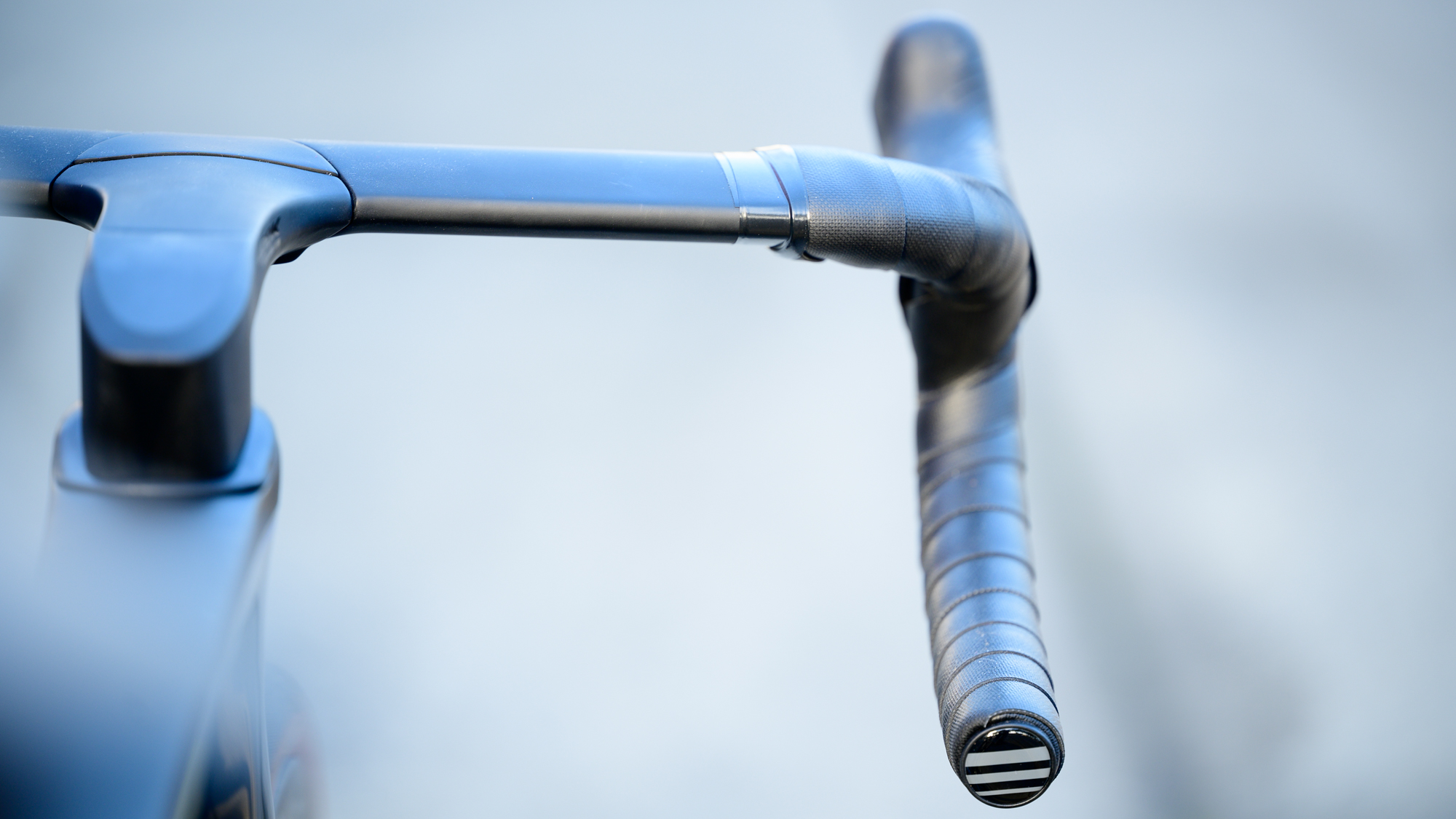
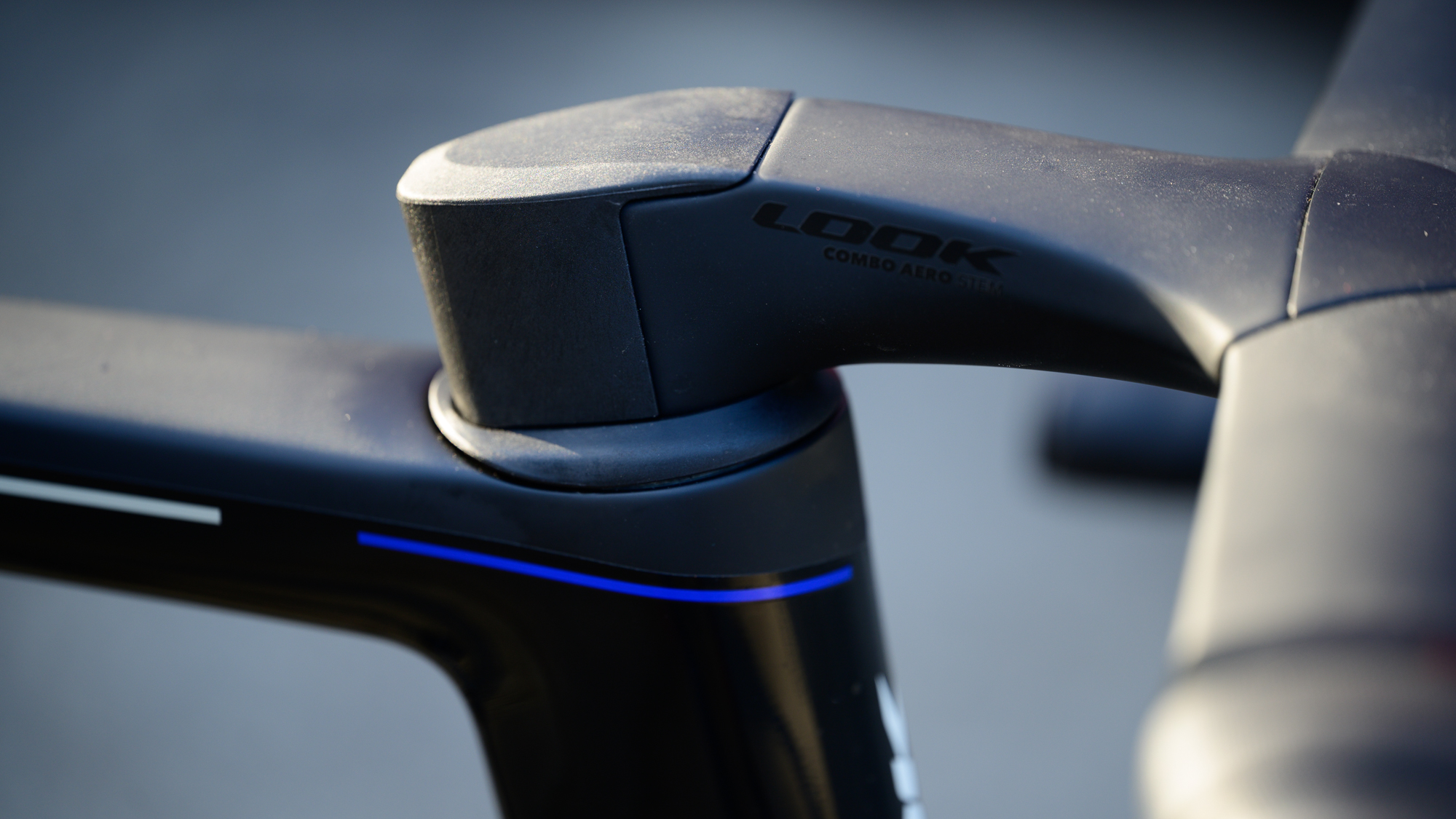
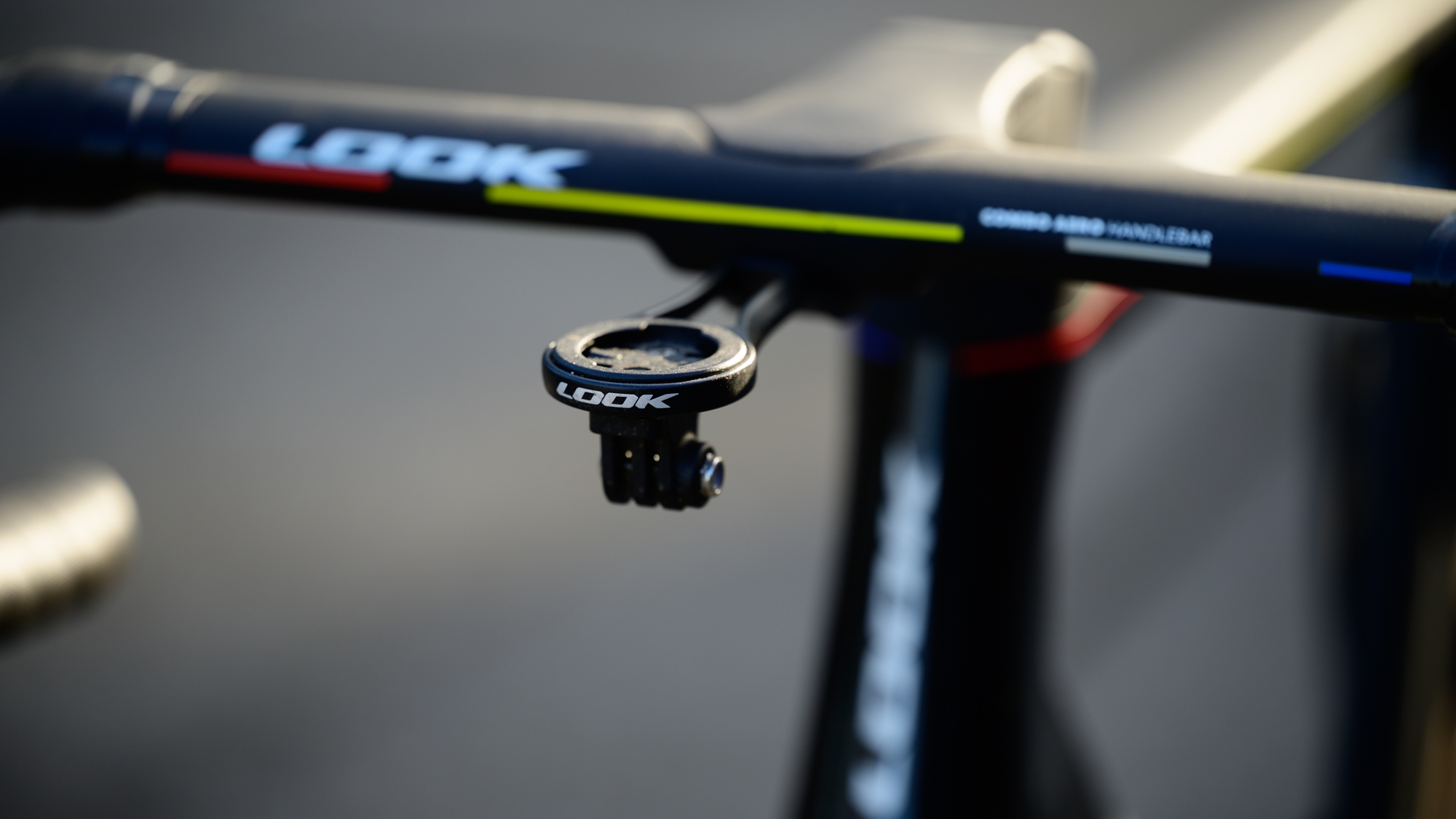
Really though, that quirk is just part of the overall character. As stated above, this is a race bike and unlike Cannondale or Enve, it does not lean into comfort and endurance as important considerations. Again picking the Enve as an example, the Melee uses a deep slope in the toptube to expose seatpost and add compliance. Look not only positions the controls forward and low but uses a straight top tube and stiff bars.
I often find myself pulled to race bikes with a bit of extra give but the Look 795 Blade RS is a different experience. It's not uncomfortable but it feels stiffer and more responsive than any other bike I can remember riding. To me, that experience translates into a climbing bike.
That's somewhat at odds with a 940 gram frame weight as this is not a featherweight bike. Aero is the new lightweight though, right? Light enough but still faster to and from the hills is the theory. The reality is that we are splitting hairs at this point but I like the idea of leaning into a low weight aero bike. I swapped out the saddle for the Repete Quasar 2.0 saddle dropping about 150 grams and gaining a saddle I love. Then I started crunching numbers with Look Ceramic pedals and exotic wheels. In the end I wasn't able to hit the 7kg quoted weight but 7590 grams including pedals is light enough. More important than the number is the feel of the bike.
The big bottom bracket shell is an aero play but it's also part of what sets the character of the bike. The whole frame feels grounded and stiff. As I stand up and shoot for my best climbing times, there's virtually no flex. The old bike had that same stiffness but also carried enough weight with it that it was much more of a flat and fast riding experience. This time it's a whole new ride and it screams for standing climbs at max heart rate. It trades playful, like the Enve Melee, for precise and it's a much more engaging ride than both the Cannondale SuperSix Evo and the BMC TeamMachine R.
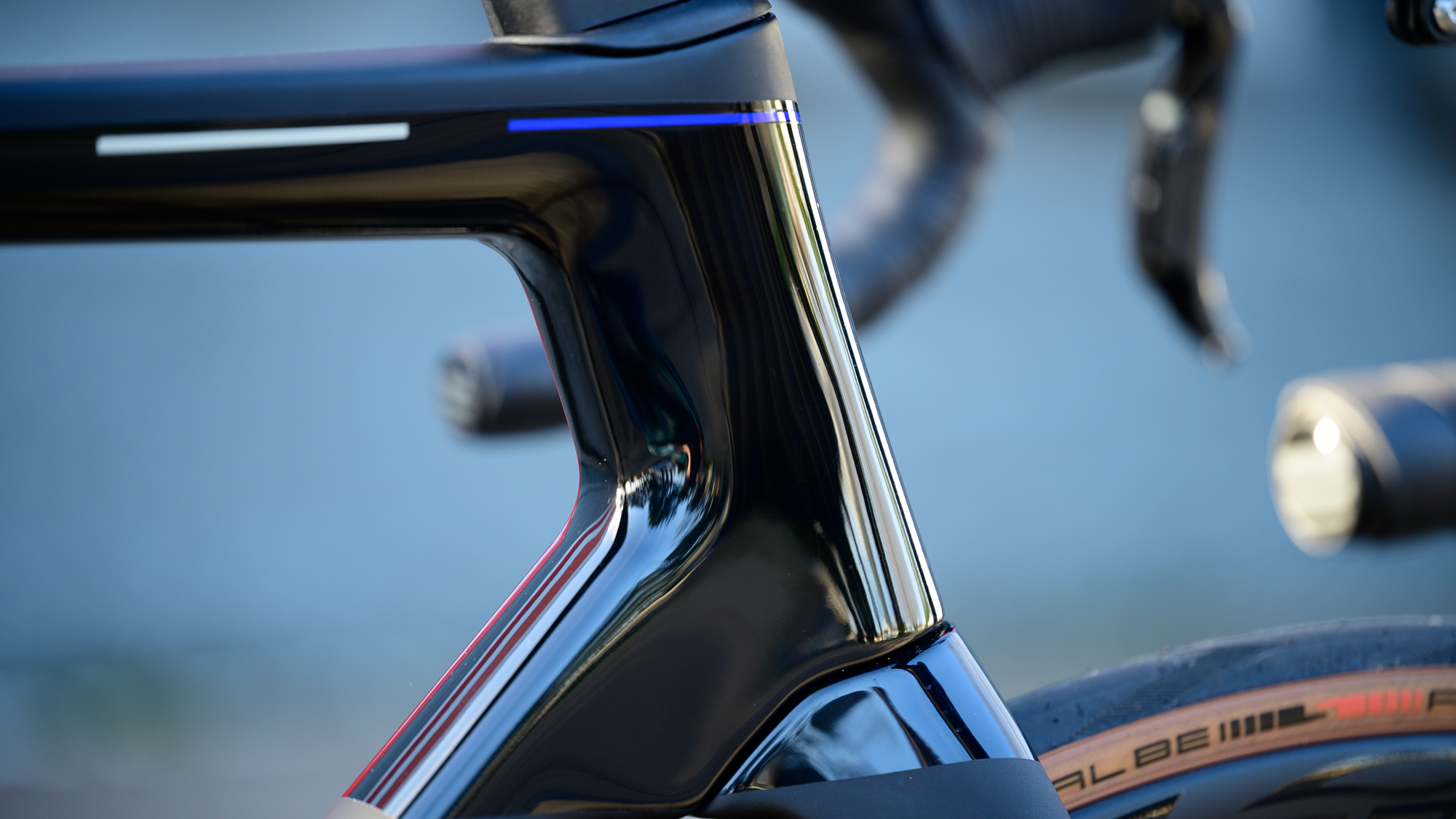
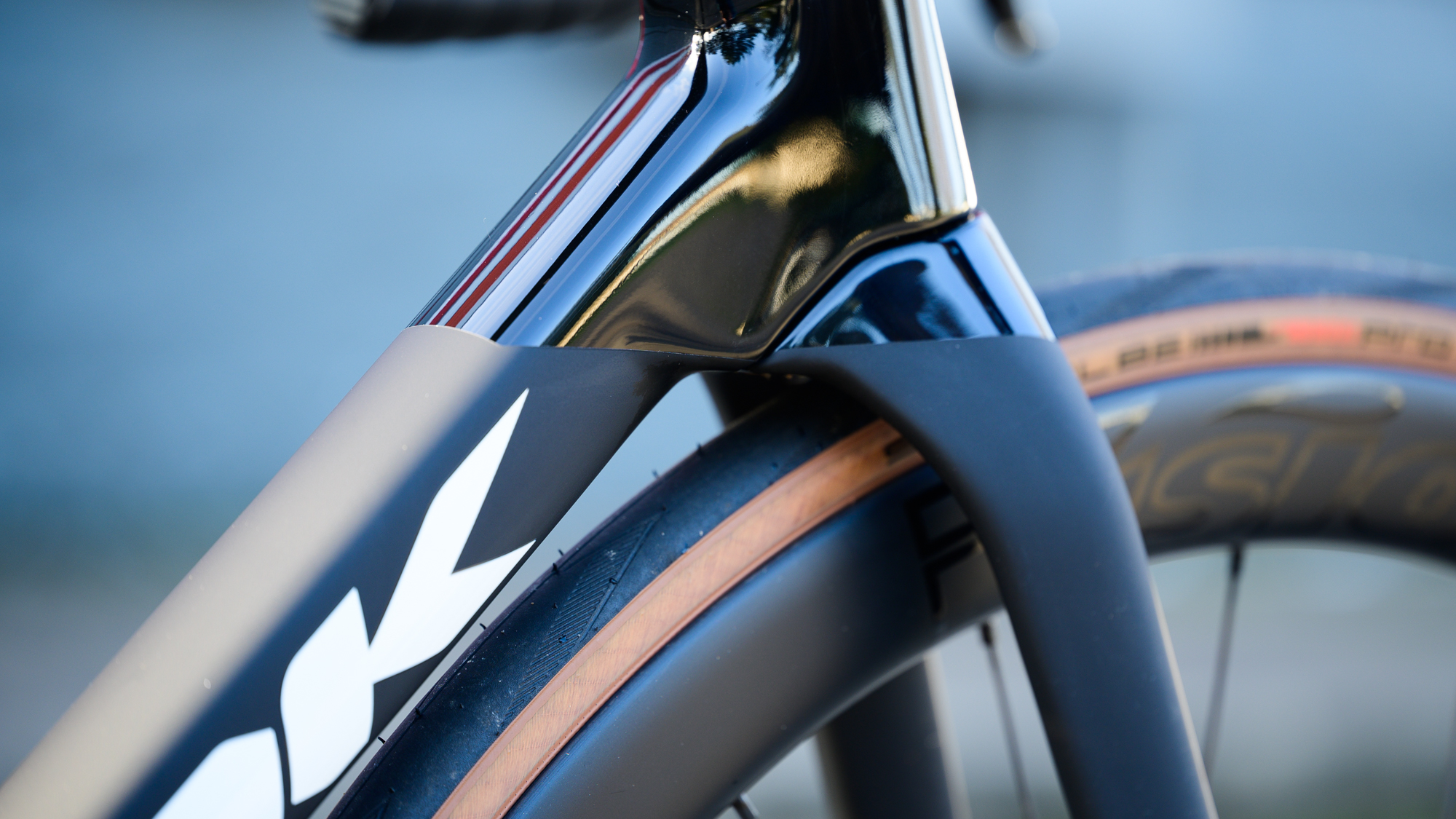
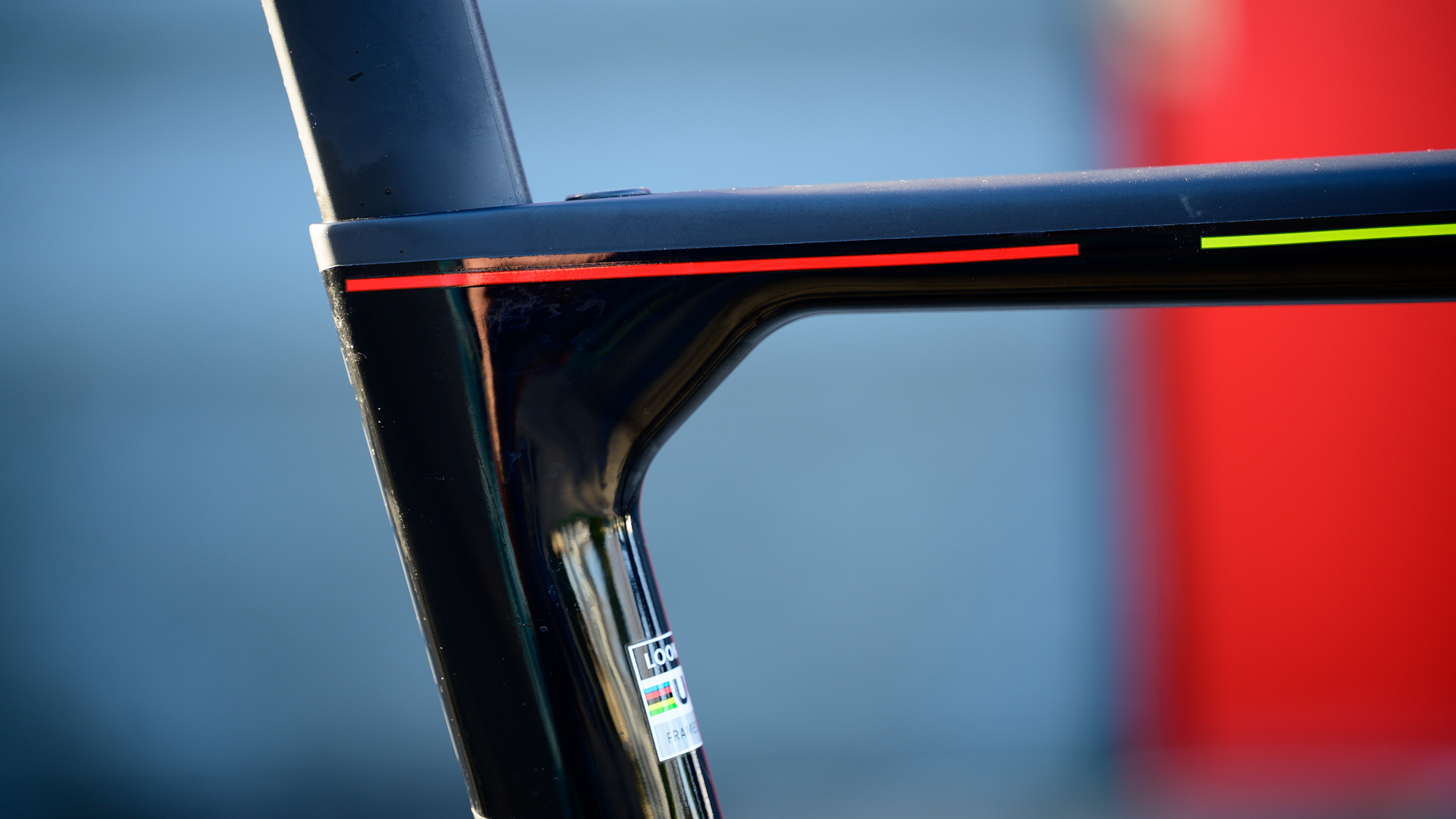
Value
The Look 795 Blade RS used to be one the least expensive super bikes. This new generation might have dropped weight but it gained price in the process. Part of that is the switch to a proprietary bar and stem. This time if you want to buy only a frameset you are really looking at a full chassis including bar, stem, and seatpost for a price of €5390 / $5900. That's a premium compared to the Melee for the same product and probably compares to the SL8 which doesn't include a bar or stem.
As a full bike build, things are a little different. Instead of being on the high side of expected prices for bikes at this level, it's on the low side. At least as long as you are willing to choose the standard Corima wheels and Dura Ace. In that configuration Look prices the 795 Blade RS below comparable options from Specialized, Cannondale, BMC, and Enve. On the other hand, the Corima wheels are weighty and you’ll need to move to the five spoke Corima 47 mm MCC EVO wheels to match weights with the competition. Unfortunately if you do that you’ll also incur a hefty premium.
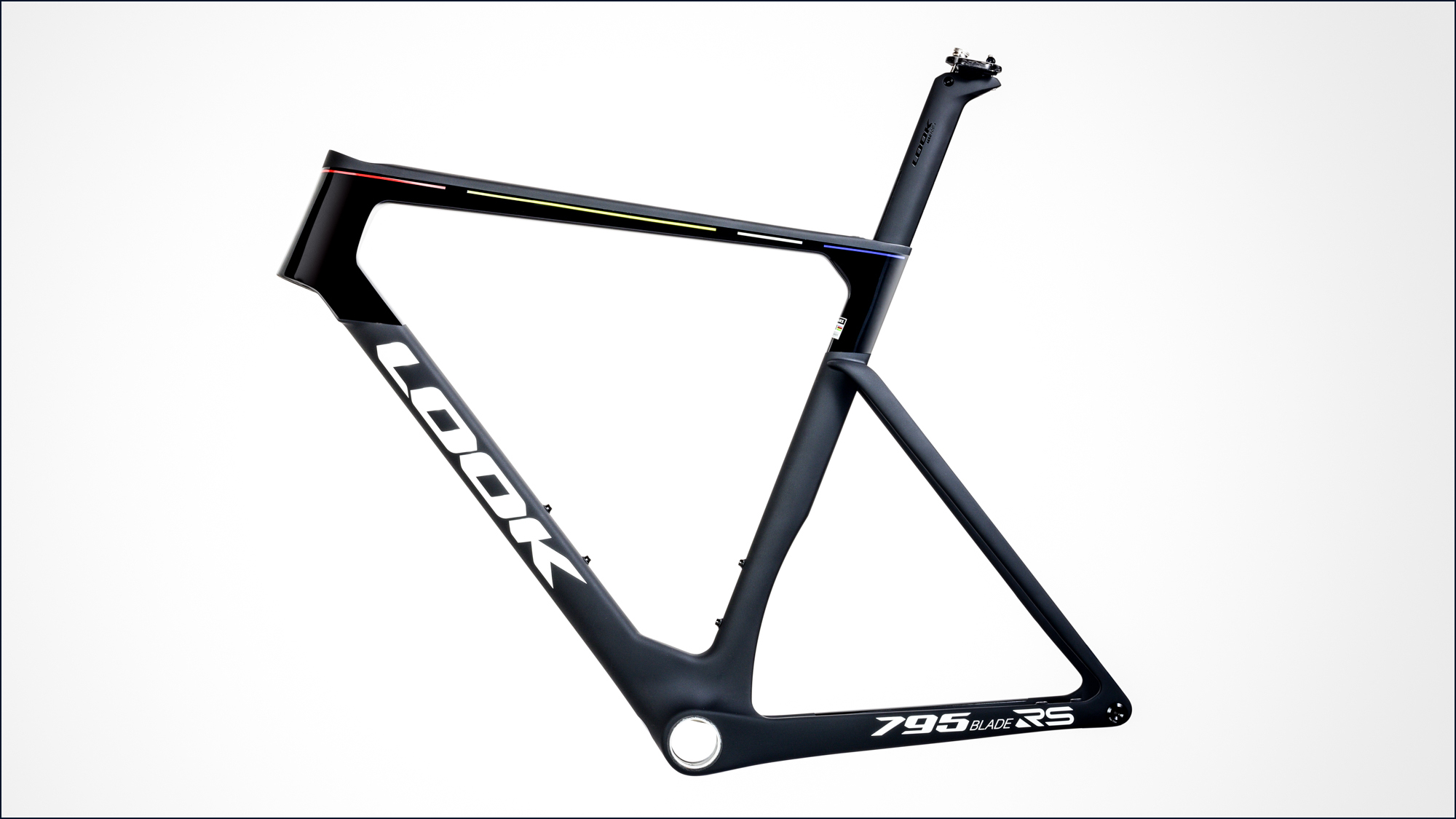
Verdict
Normally when I write about bikes I love it's because they are fast but playful and ready for adventure. I like race bikes that lean into compliance. The 2024 Look 795 Blade RS isn't that bike. It's nothing like the Enve Melee or the Cannondale SuperSix and it's better for it.
Instead, this is a bike that feels fast. I never feel beat up by it but I'm not going to pretend this is an easy bike to ride. I'm happy with a deep bend and my arms stretched out. If you aren't, this might not be the right bike for you. This is a bike that begs you to slam the stem, weigh every part, and ride it hard. It's a race bike through and through and the harder you push it the more it seems to want. As long as that's what you are looking for, you are going to be very happy.
| Design and aesthetics | There are only a few bike brands with the kind of heritage that Look has. You aren’t just buying the latest version, you are buying every Look that’s ever existed. The designers have managed to hold onto that while also staying modern. That’s impressive. | 10/10 |
| Build | I didn’t ride the Corima wheels that Look specs on this build but they don’t match the numbers for what you can find elsewhere. Every other piece is excellent but that’s a letdown. | 7/10 |
| Performance, handling and geometry | This is the kind of bike that makes you think you are faster than you are. There’s nothing I’d change about the ride experience. | 10/10 |
| Weight | As much as I love the way this bike performs, it’s in spite of the scale and I couldn’t hit the quoted numbers even with lighter components. You’ll only notice when you sit with a calculator but there are lighter bikes out there at this price range. | 7/10 |
| Value | More expensive as a chassis but less as a full build is unusual and challenging to rate. Run the numbers though and you’ll pay about the same retail price to build it yourself, vs buy it built, and those numbers are a bit less than comparable bikes. It’s not a screaming deal but it’s good for a bike at this level. | 9/10 |
| Overall | Row 5 - Cell 1 | 86% |
Josh hails from the Pacific Northwest of the United States but would prefer riding through the desert than the rain. He will happily talk for hours about the minutiae of cycling tech but also has an understanding that most people just want things to work. He is a road cyclist at heart and doesn't care much if those roads are paved, dirt, or digital. Although he rarely races, if you ask him to ride from sunrise to sunset the answer will be yes. Height: 5'9" Weight: 140 lb. Rides: Salsa Warbird, Cannondale CAAD9, Enve Melee, Look 795 Blade RS, Priority Continuum Onyx
